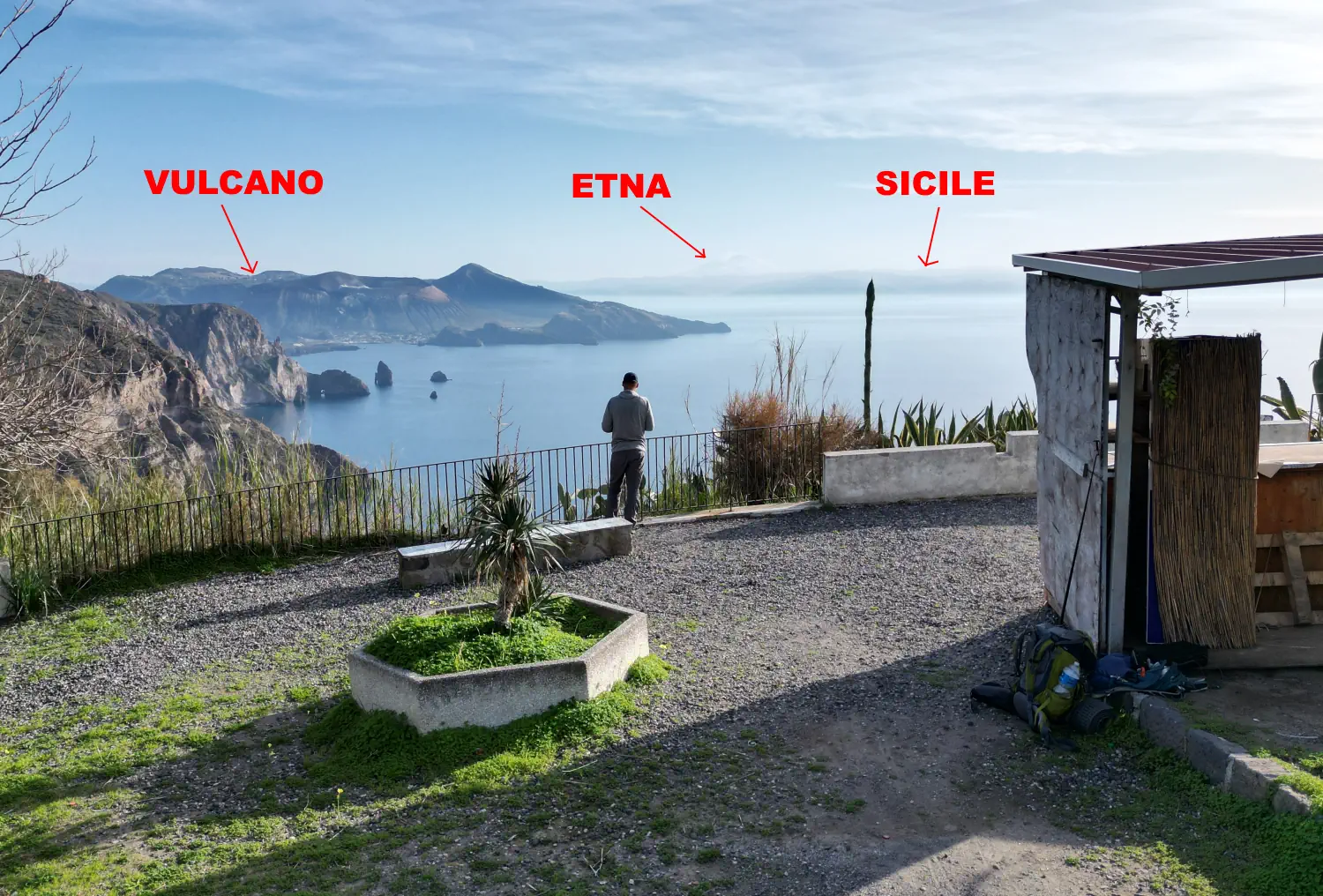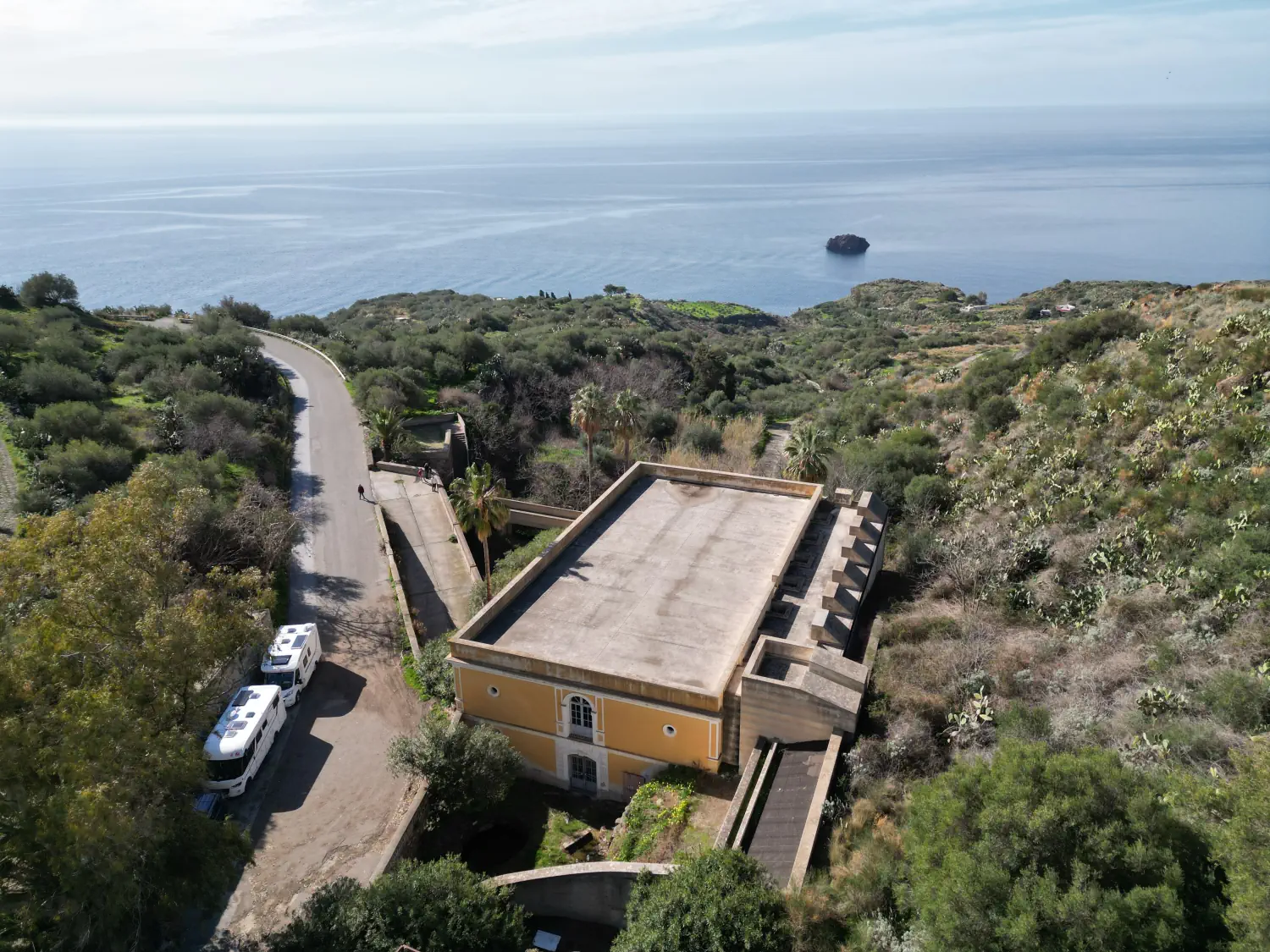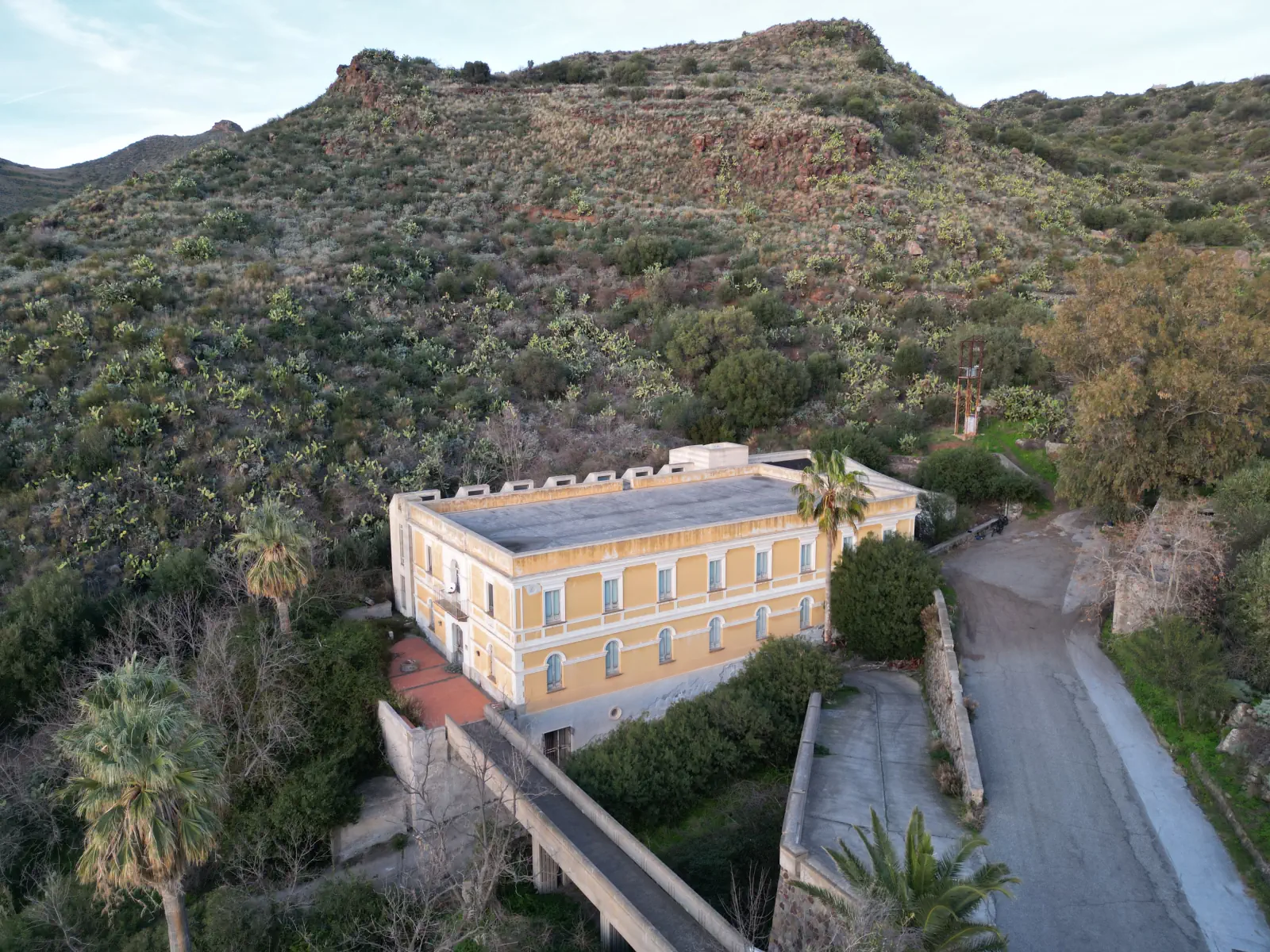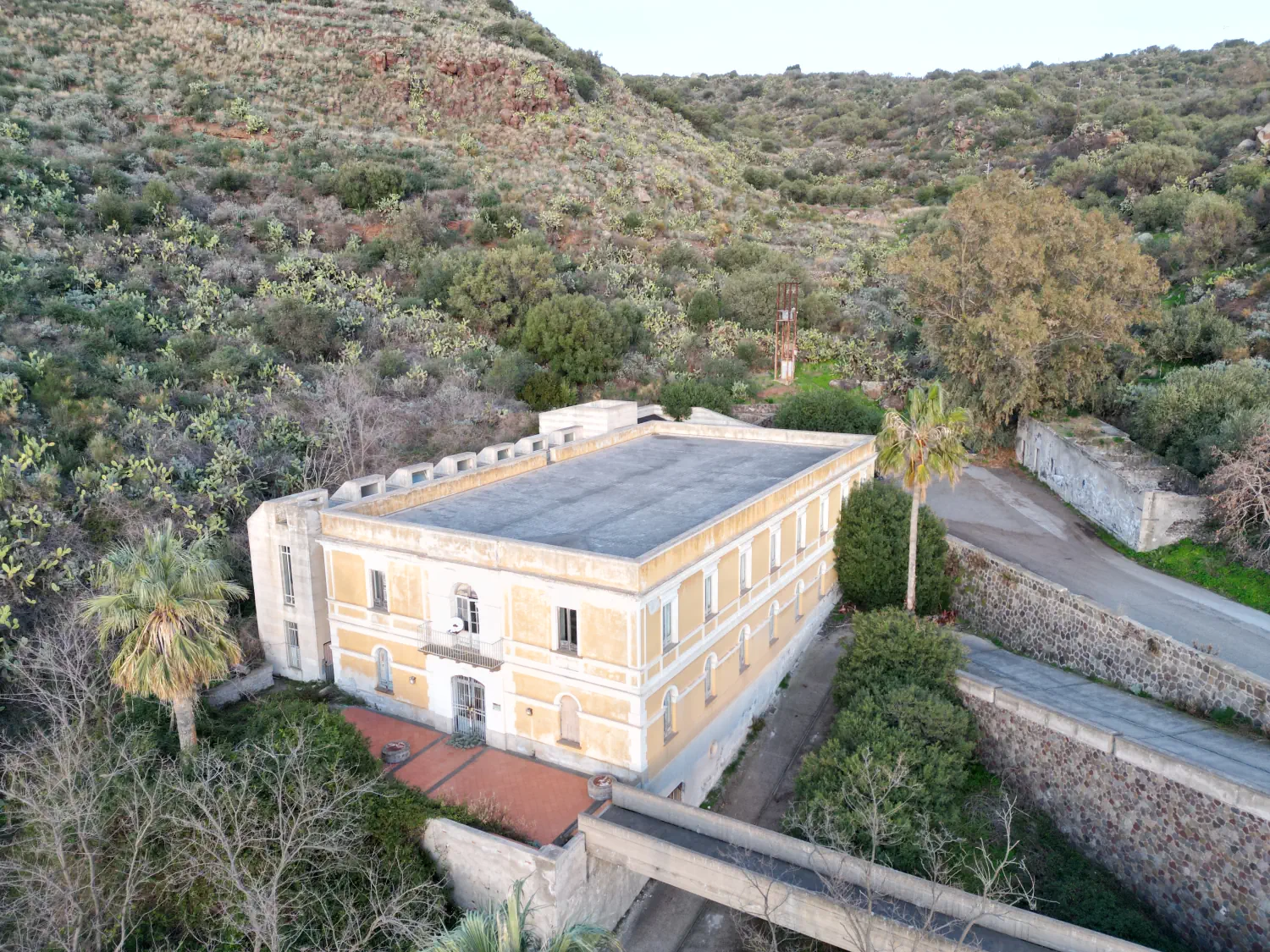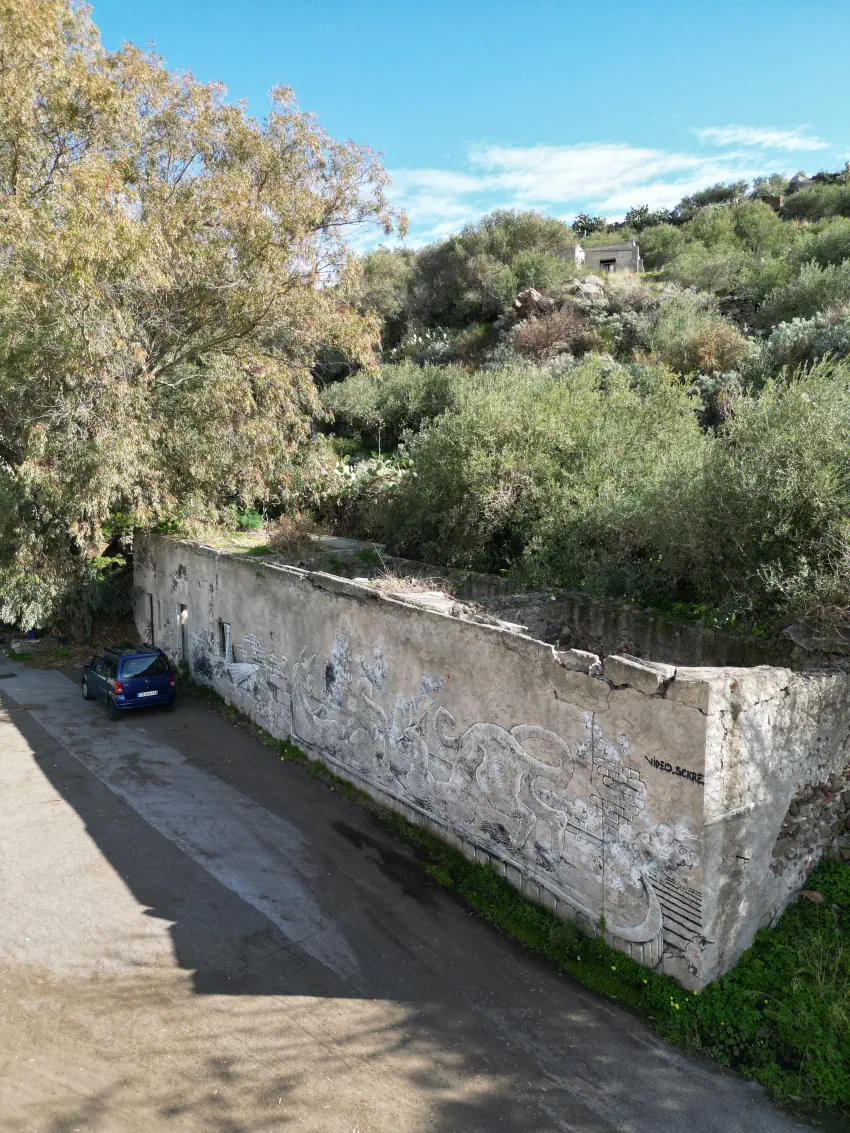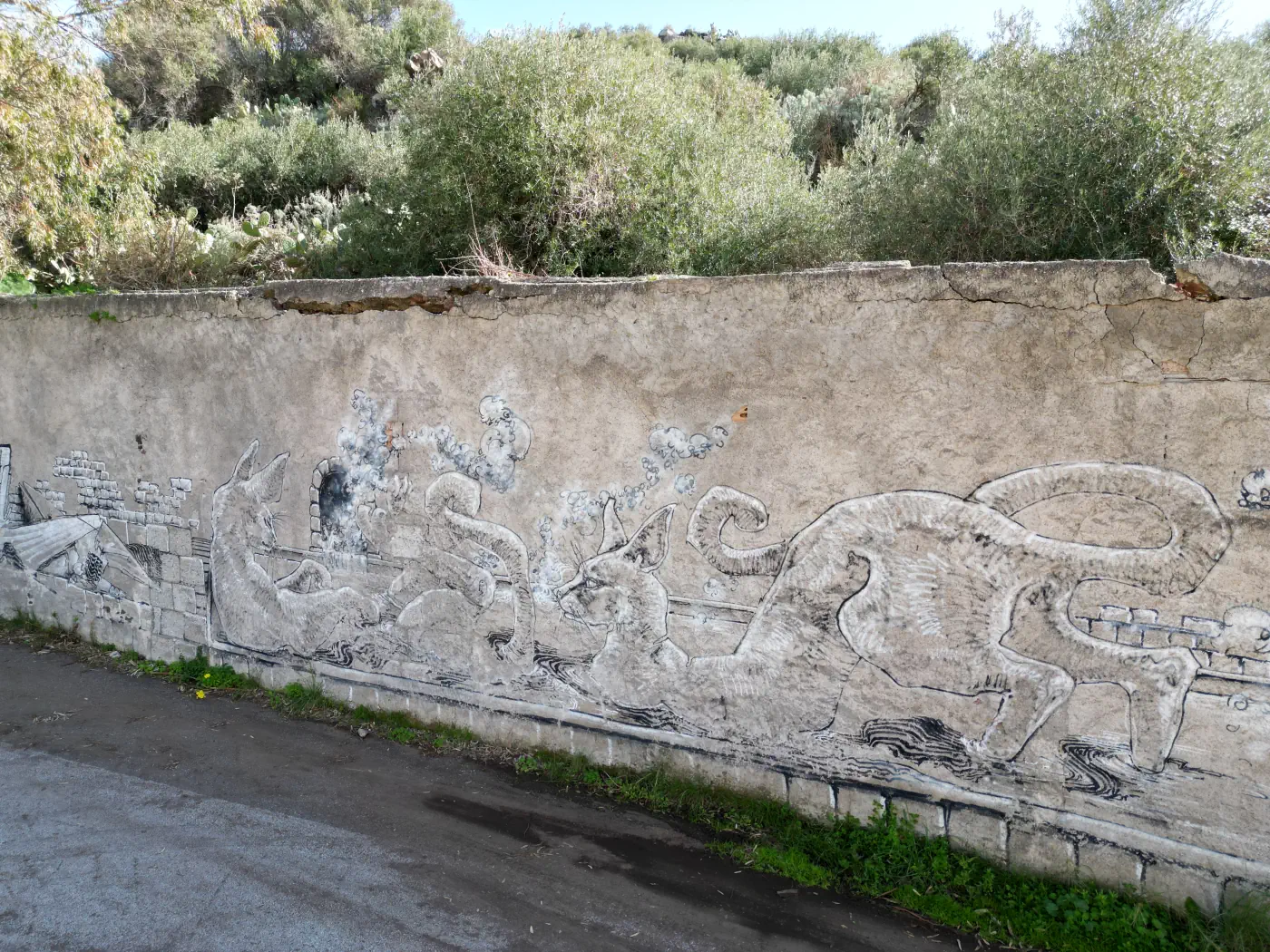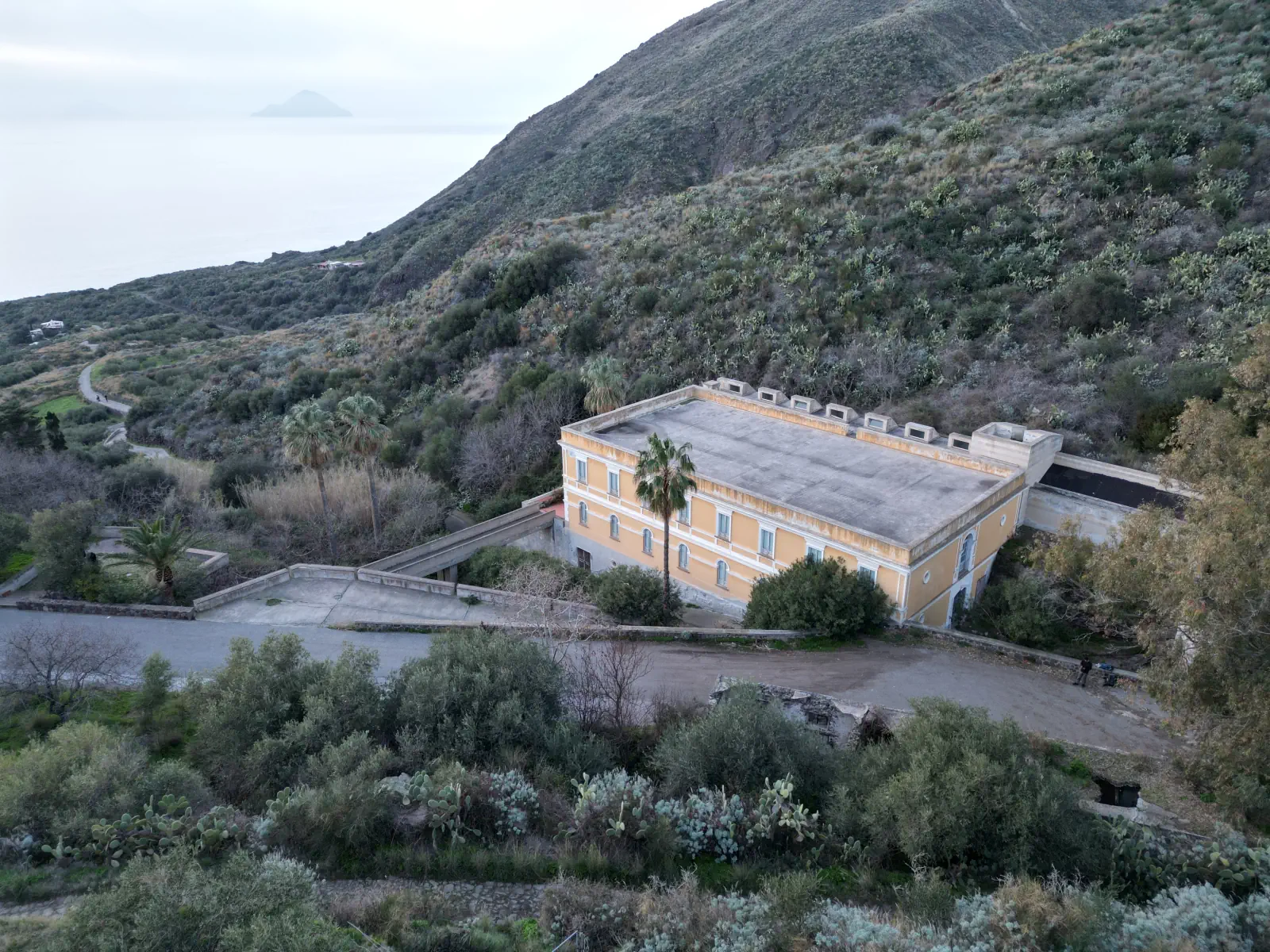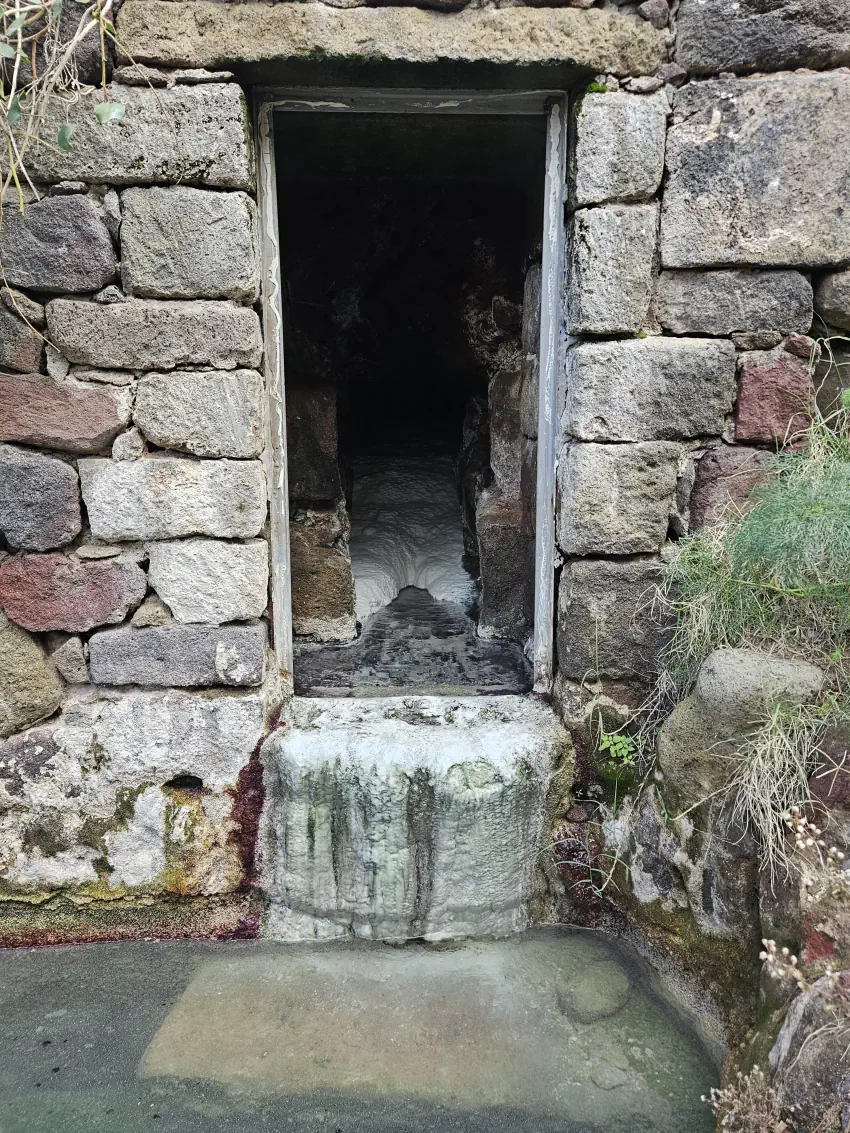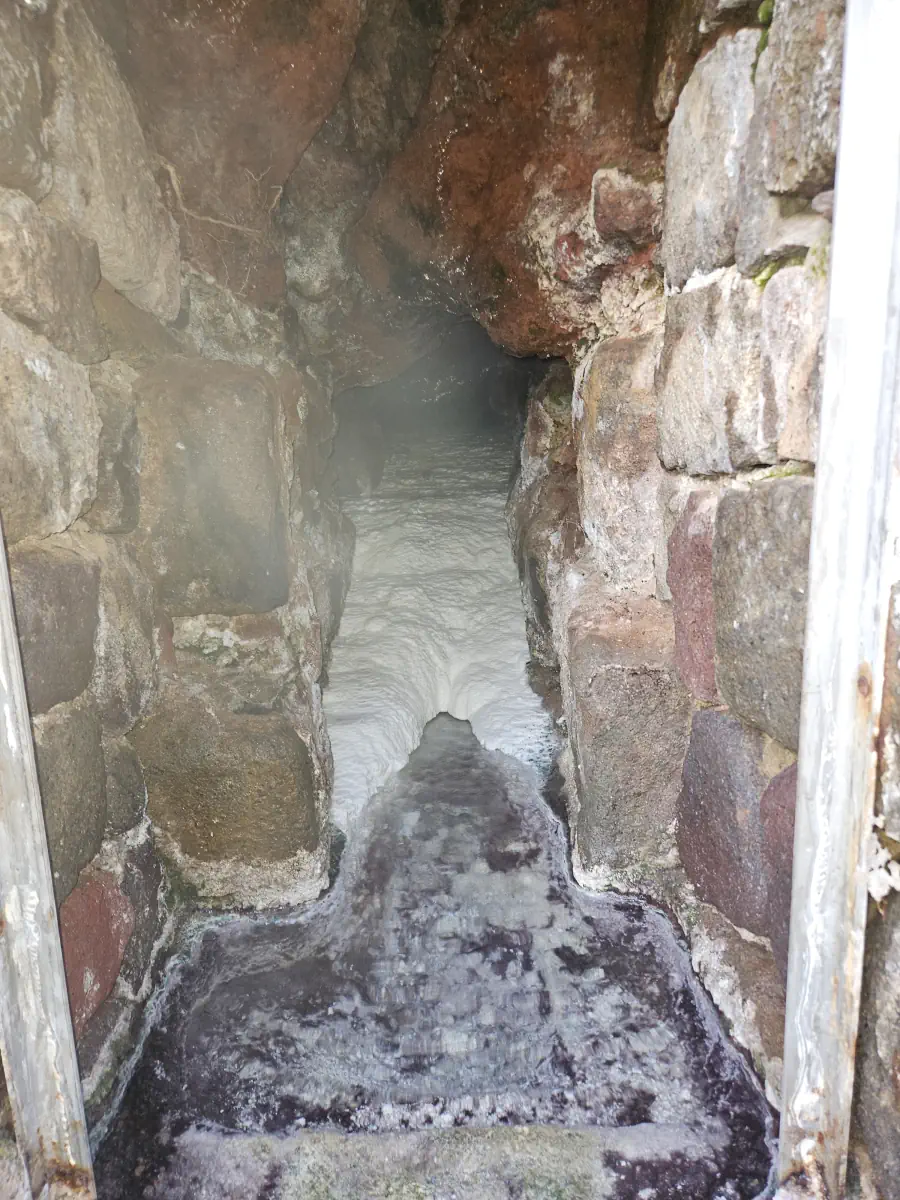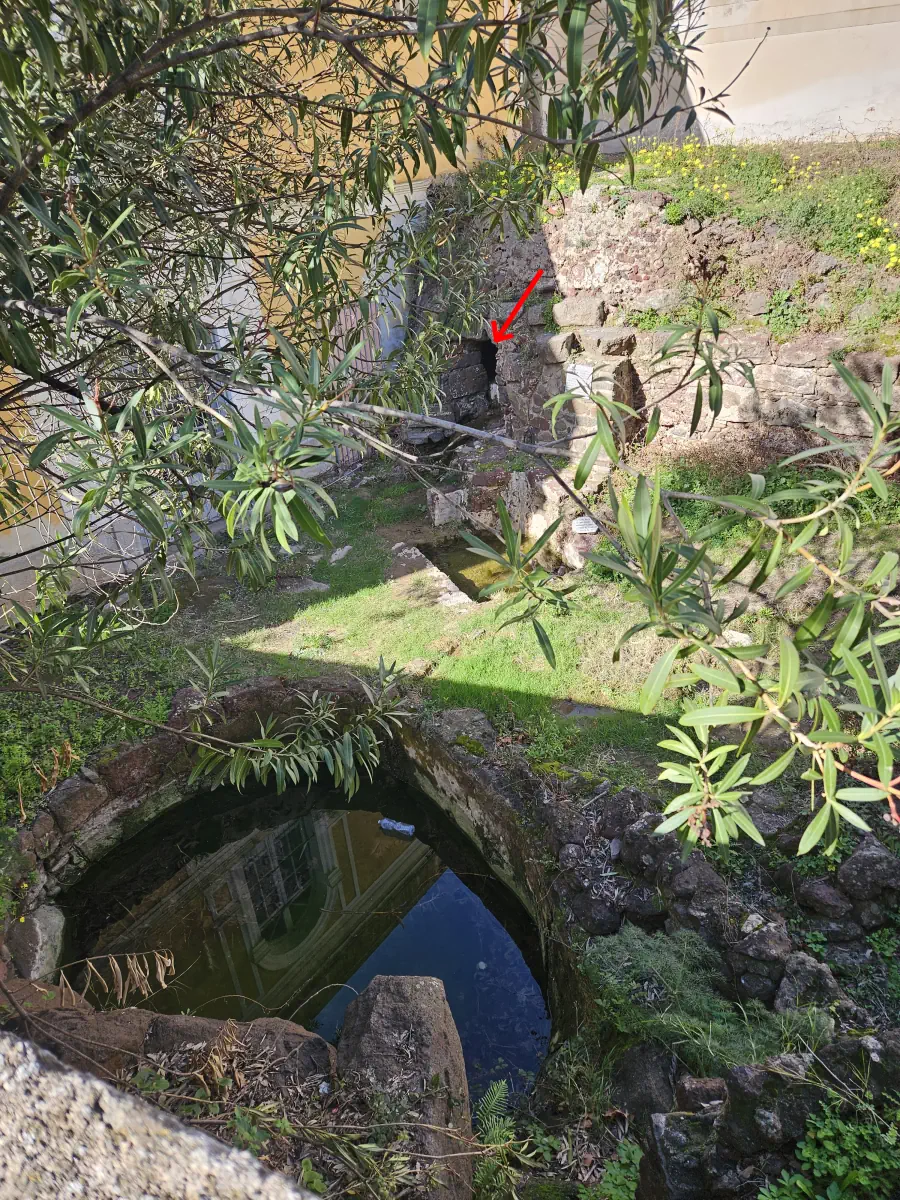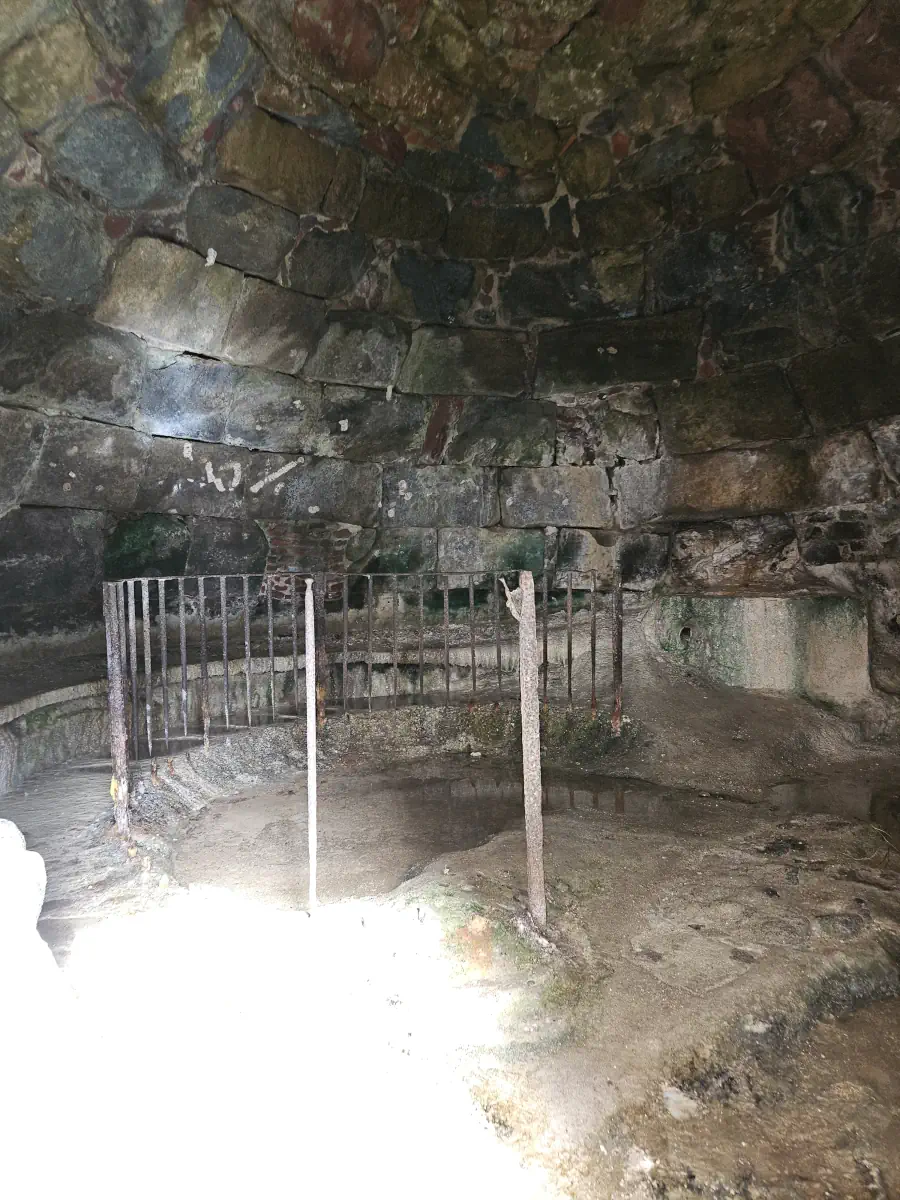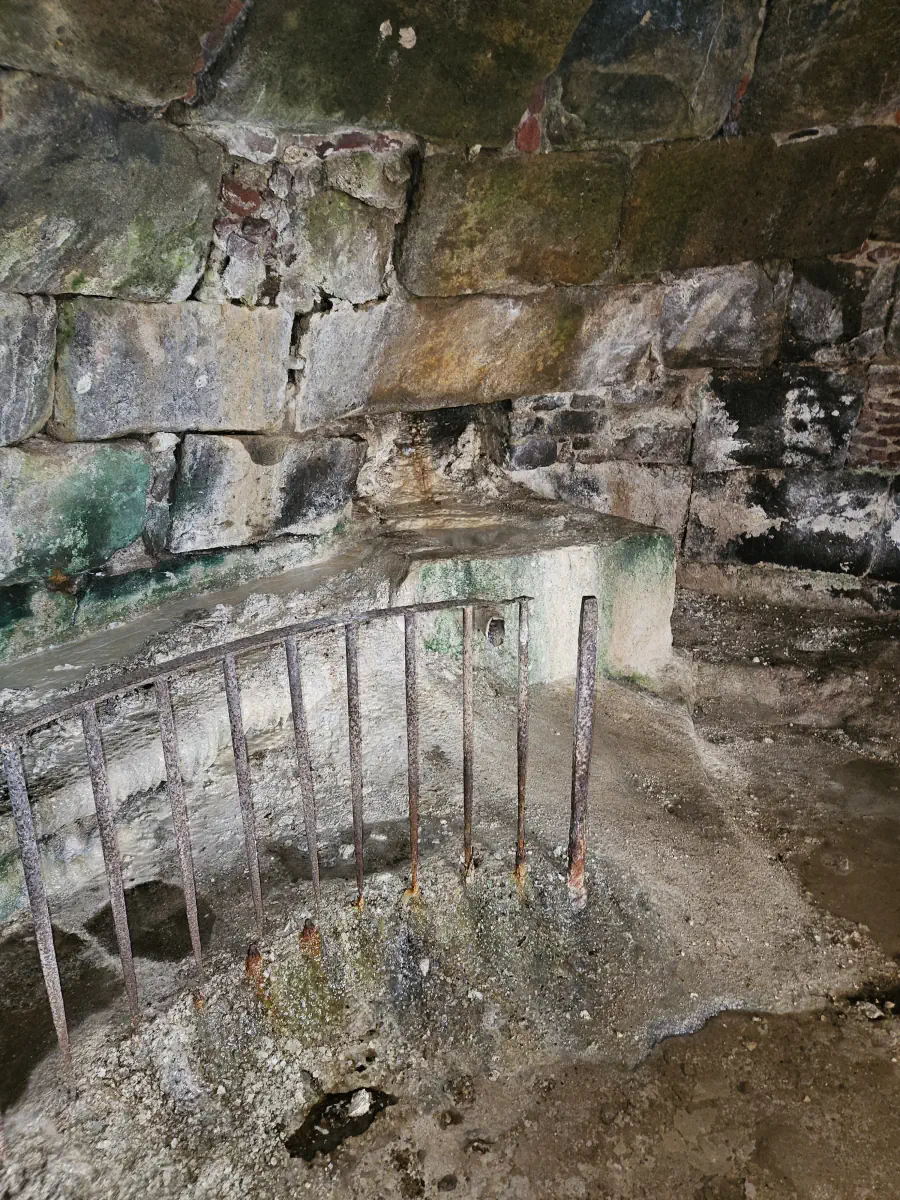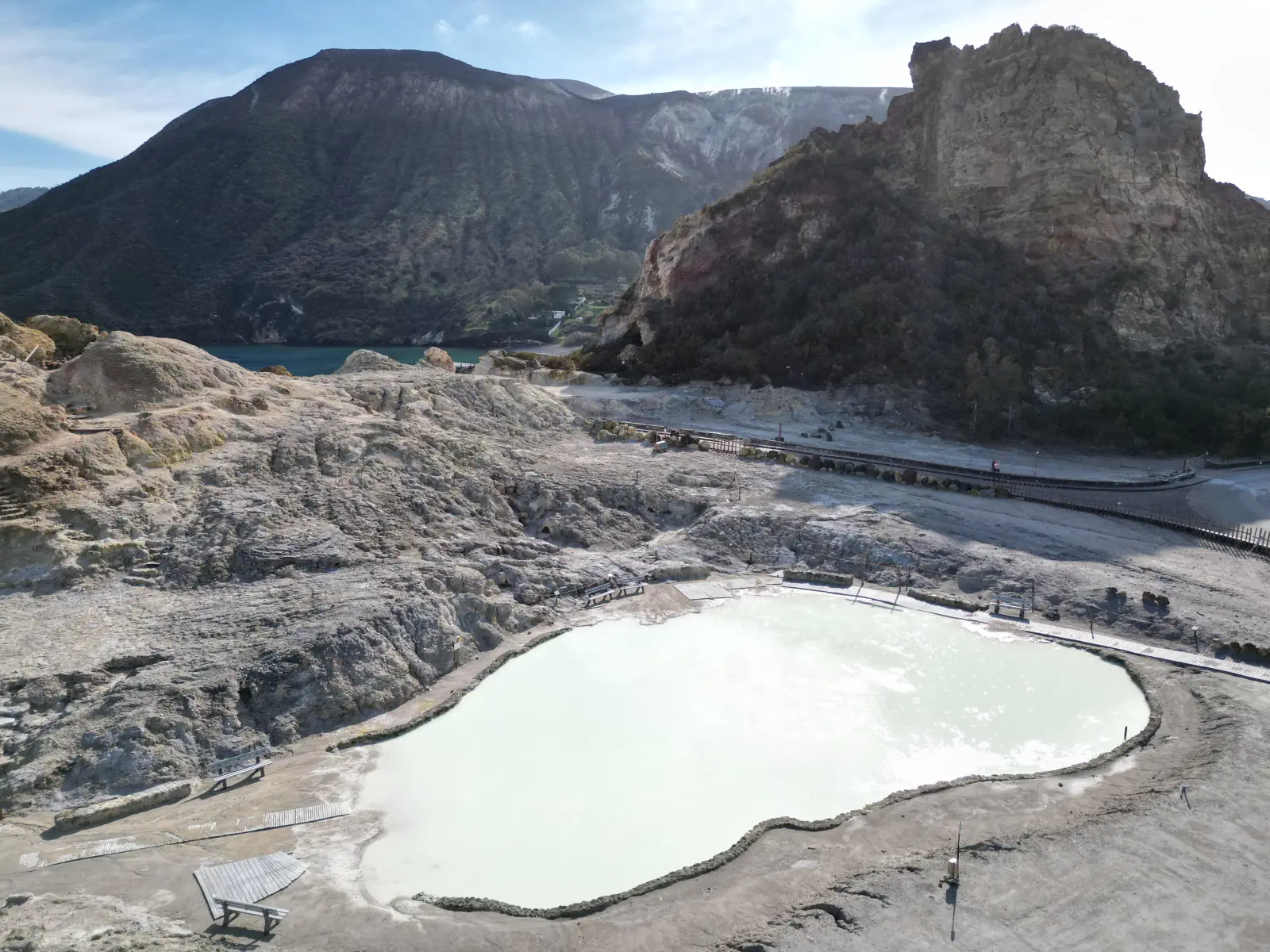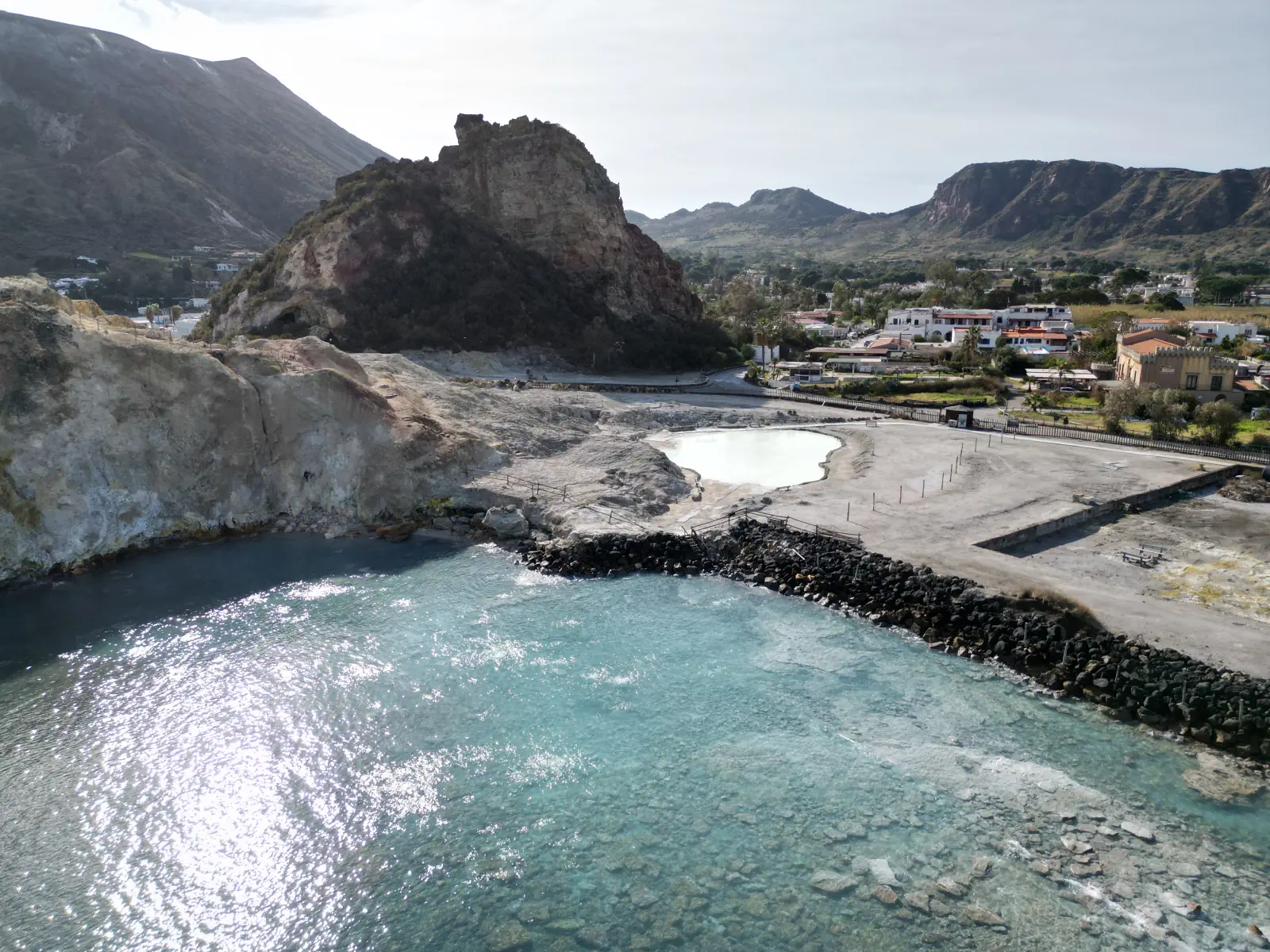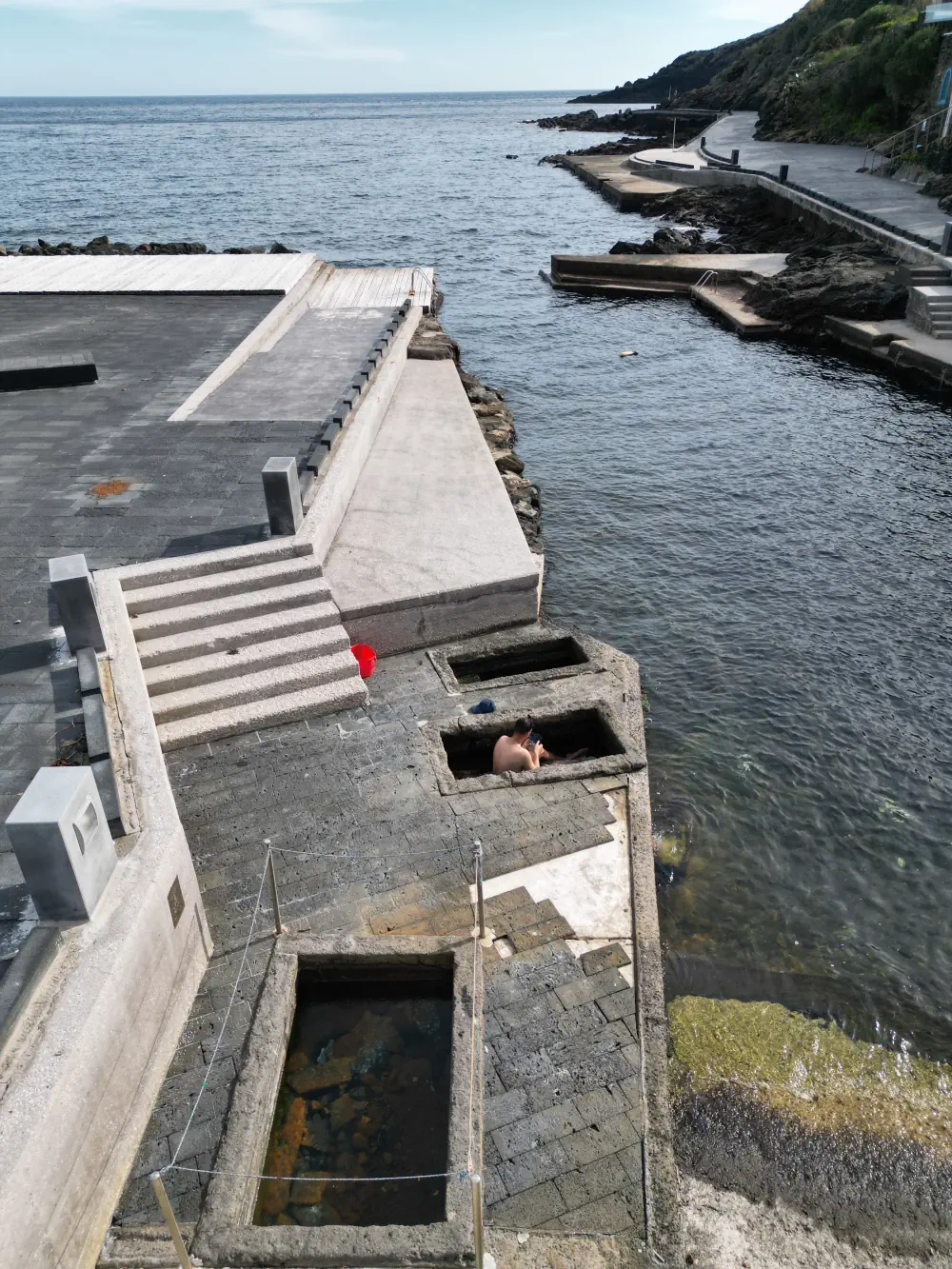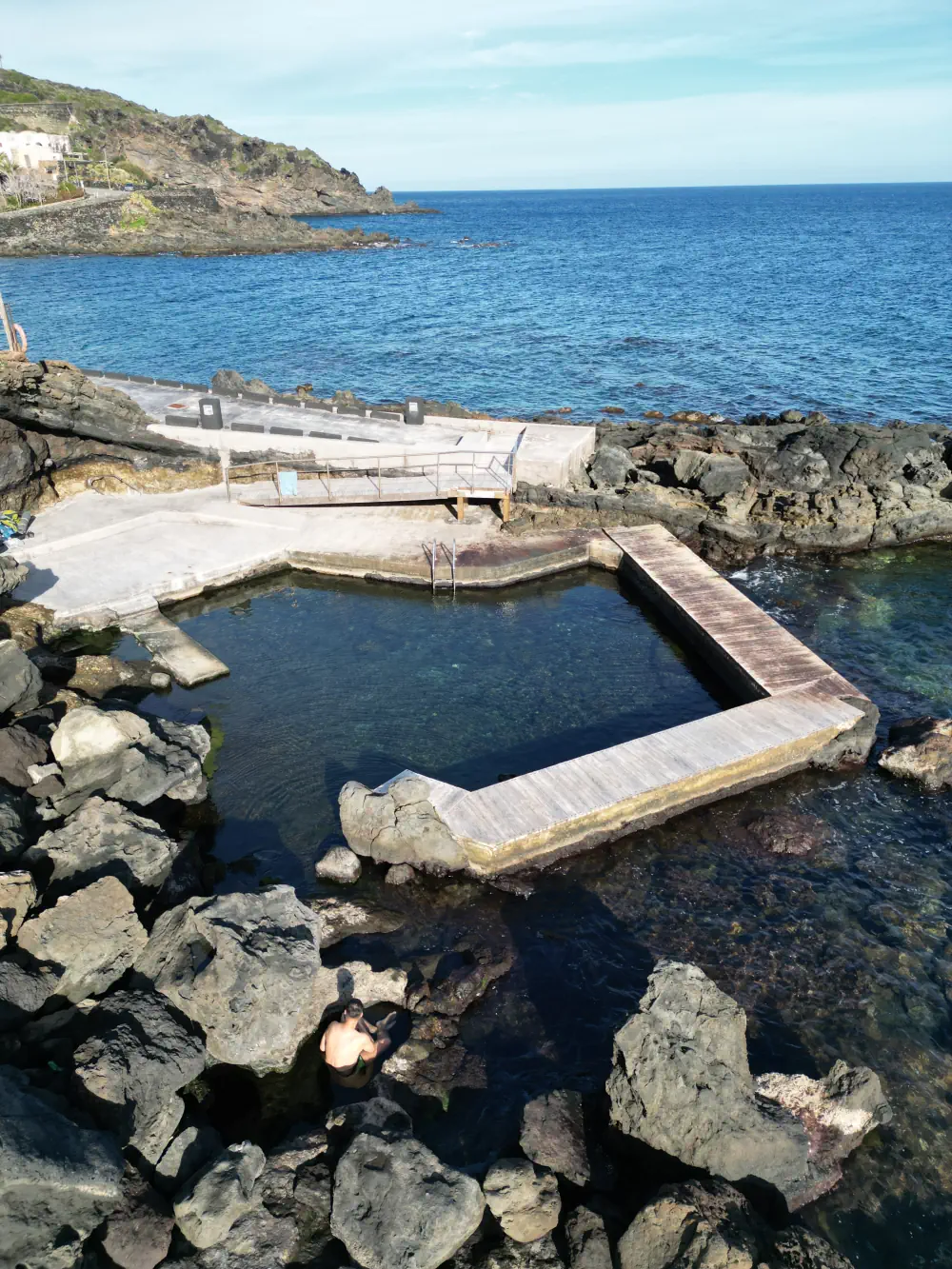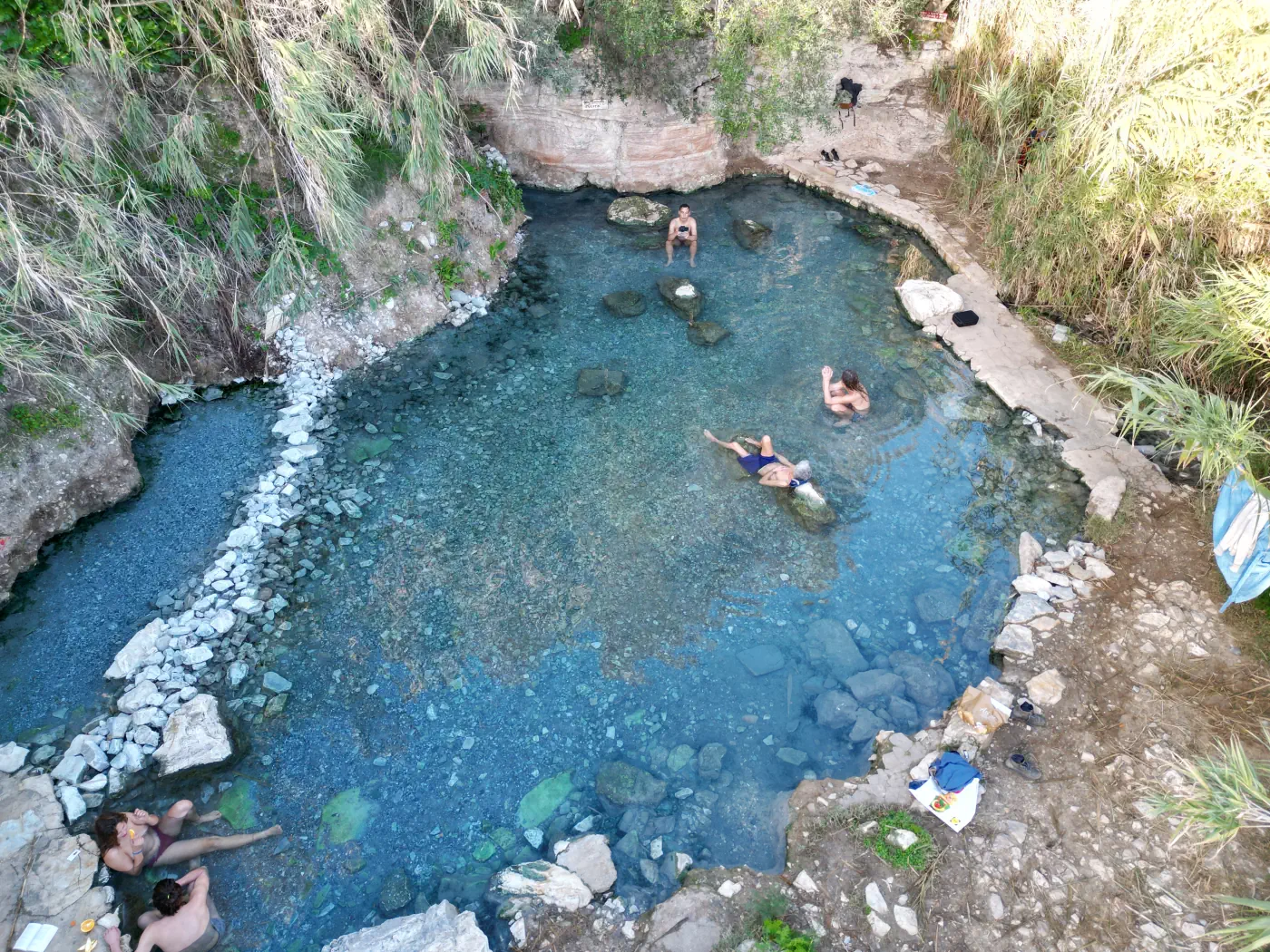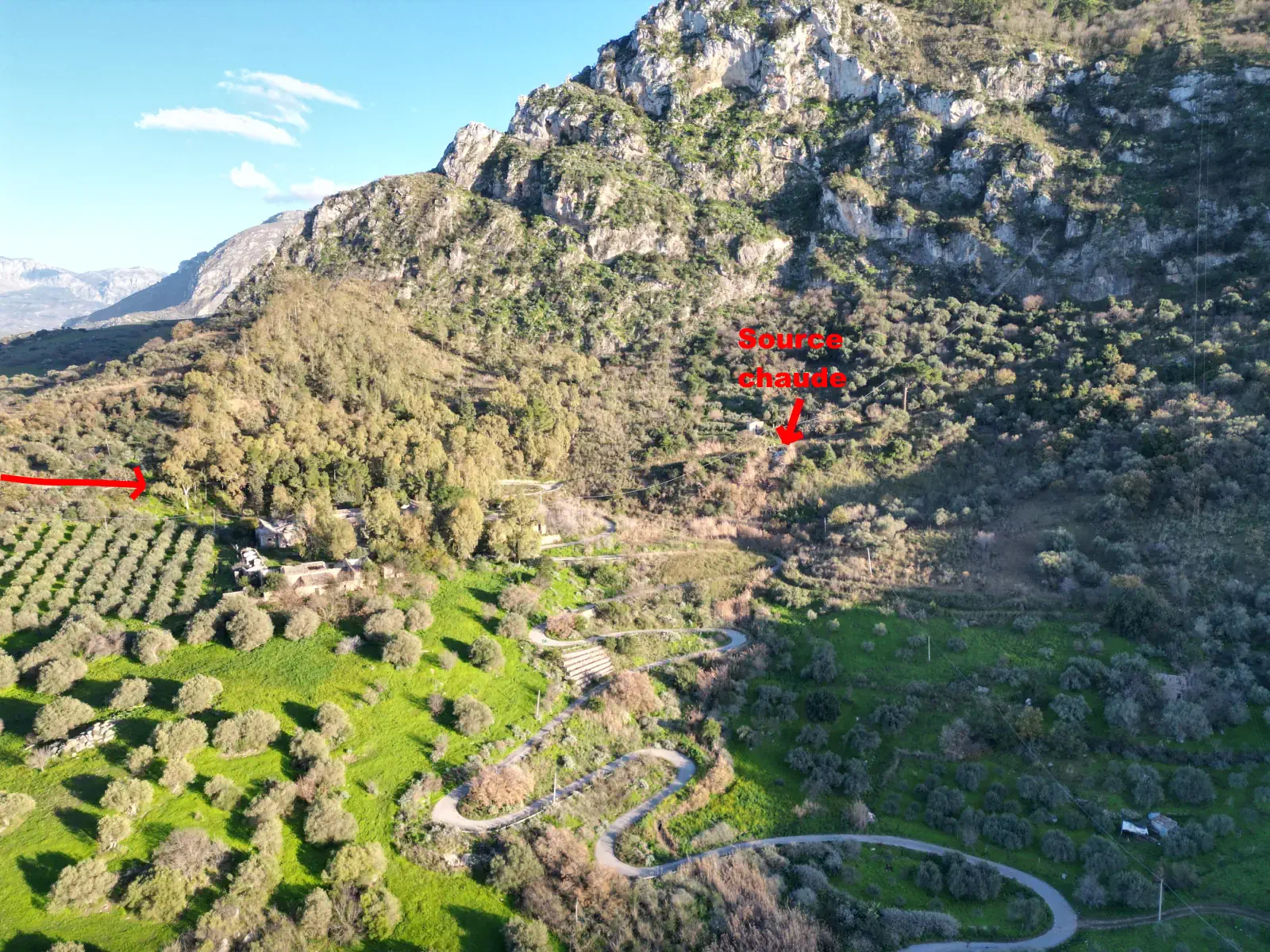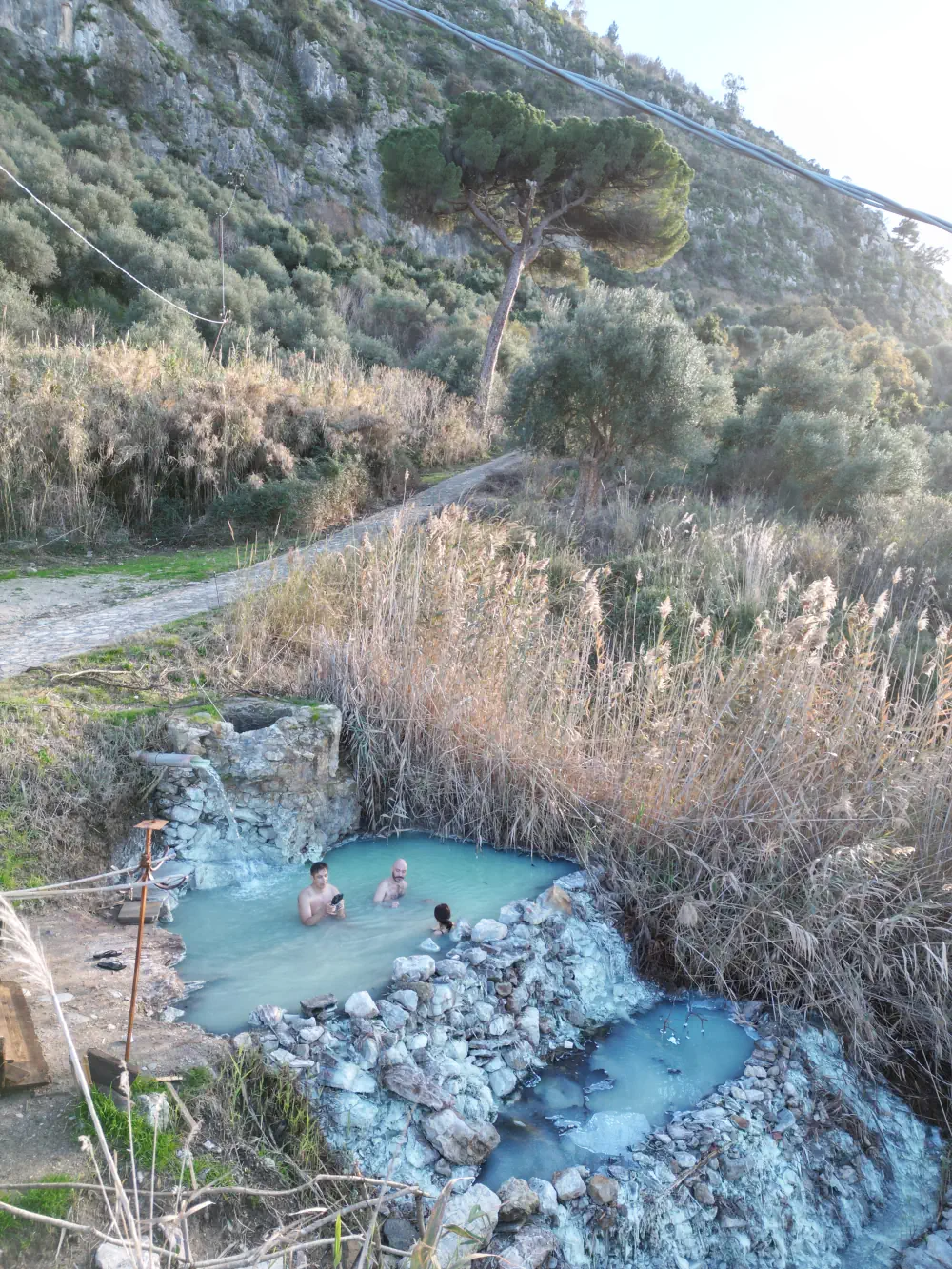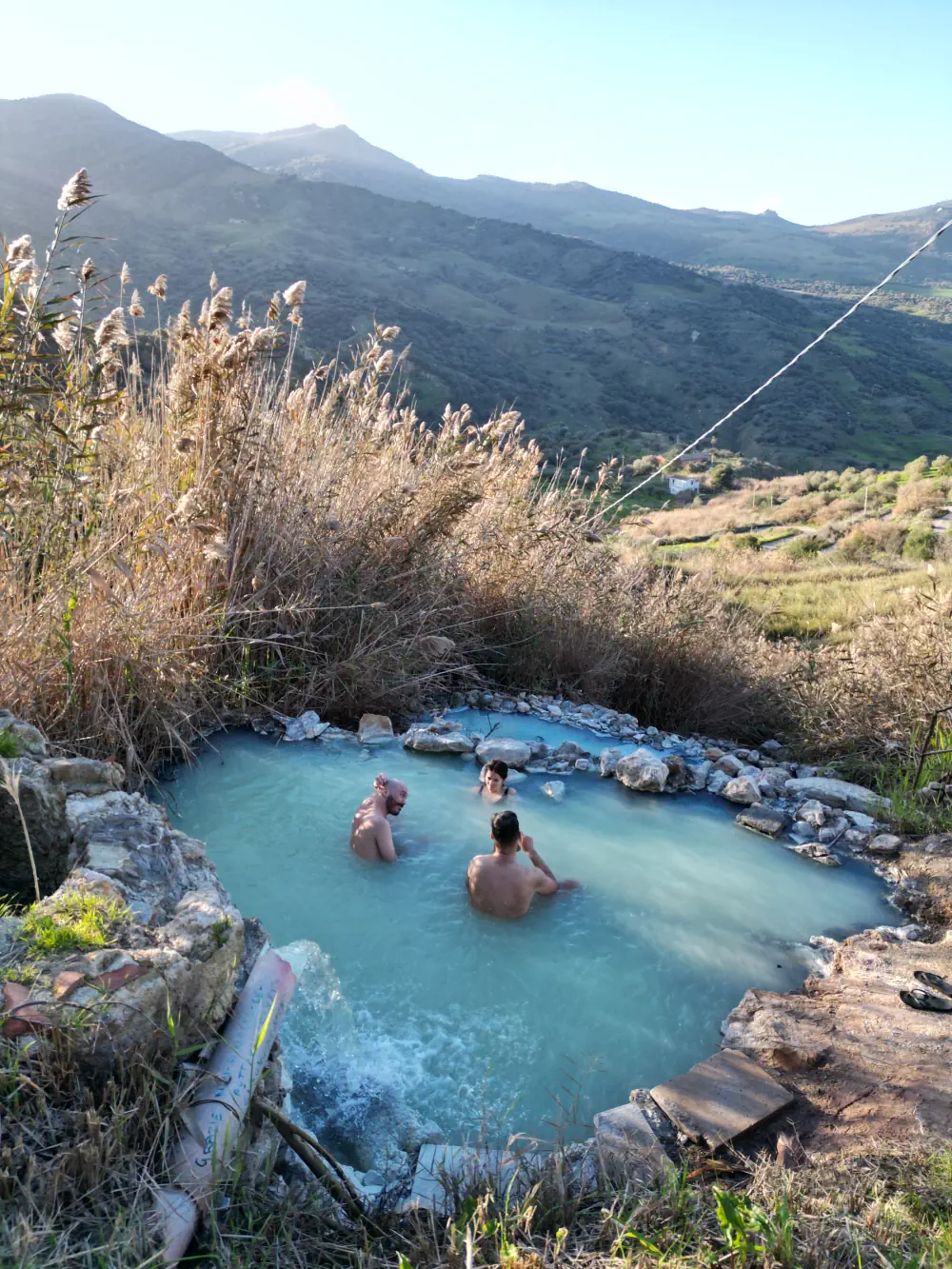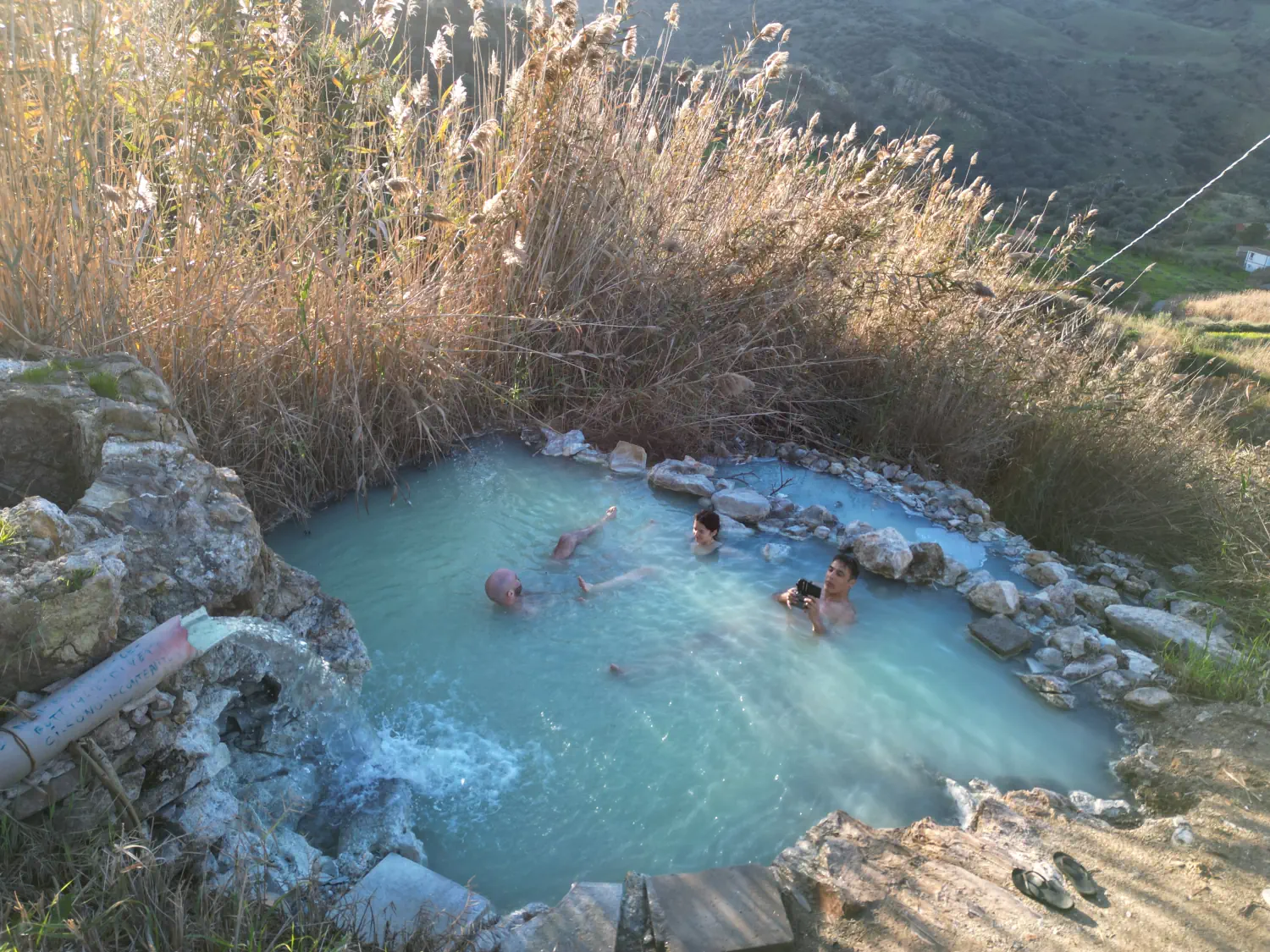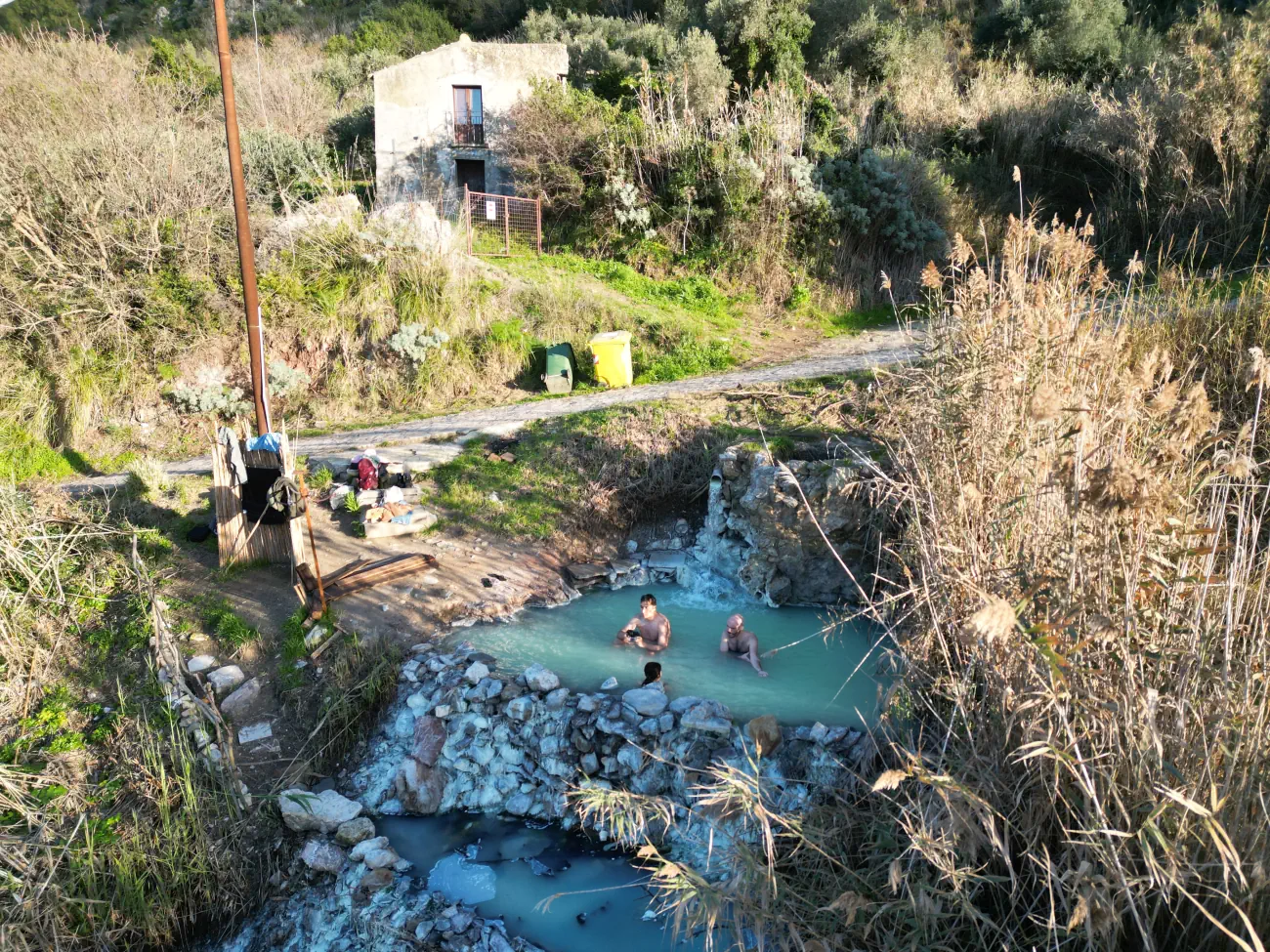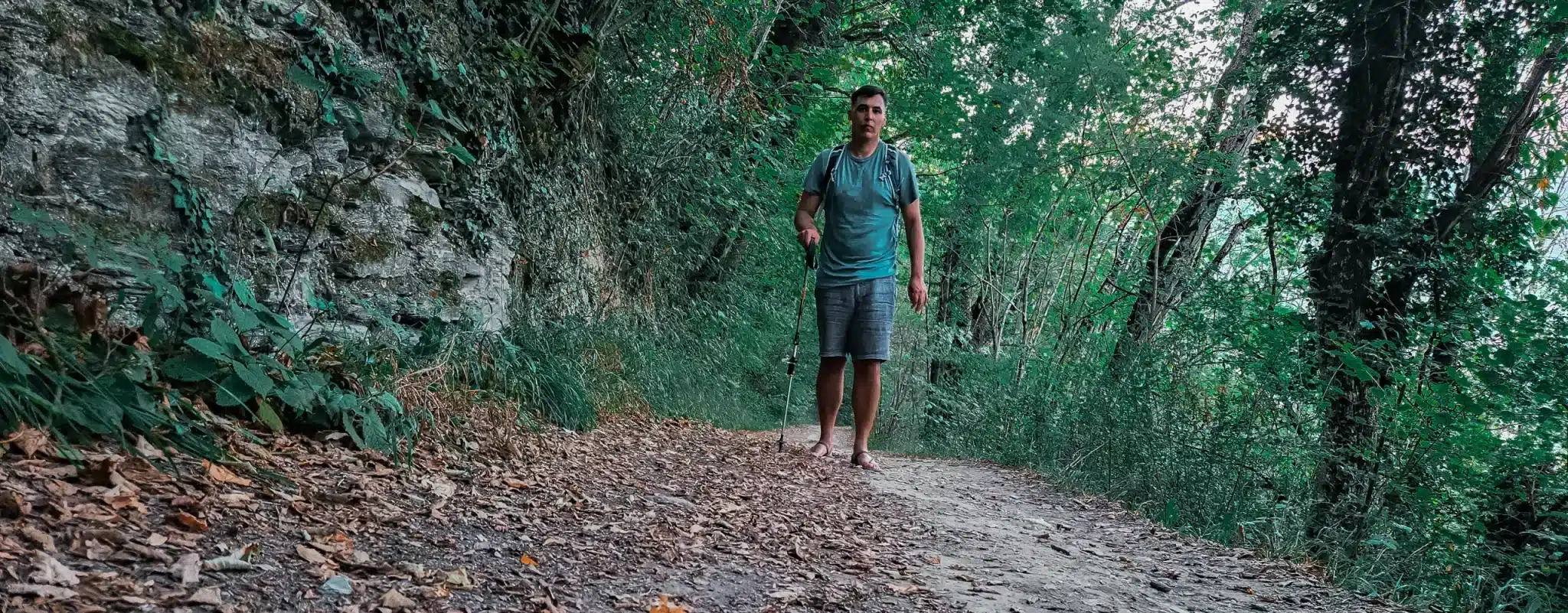Visit Sicily – Thermal Baths and Hot Springs
- Nature Source Chaude
- Published on
- Updated on 4 April 2025
The Italian peninsula has a considerable number of thermal springs. Richly endowed, they can be found in most regions, not forgetting the islands.
In the very south, Sicily, separated from the mainland by the Strait of Messina for only 3 kilometres, has not been spared and has a relatively rich thermal heritage.
What’s more, the many remains of the past found on this island, the largest in the Mediterranean, clearly show that thermal baths were a reality in the Roman world, but also in the Ancient World when it was under the influence of older civilisations.
In the 19th century, the thermal baths gained in importance (the Golden Age of Thermalism) and generated an exceptional craze. As a result, in Sicily a number of more modern establishments were built to collect and exploit these springs. This phenomenon has affected all the regions of Italy and even of Europe that have hot springs.
In this article, you will discover that there are still some rare places in Sicily where you can take a free thermal spring bath, often near a thermal establishment.
Map of hot springs and thermal baths in Sicily
This map shows the thermal baths open to the public in Sicily, on the island of Pantelleria and on the Aeolian Islands. Thermal water baths can be taken in :
– free hot springs .
– paying thermal baths.
Some thermal baths have very basic facilities and are accessible at very affordable prices.
1. Terme di San Calogero - Lipari
The island of Lipari is one of the Aeolian Islands located to the north of Sicily in the Thyrrhenian Sea. It enjoys a mild, invigorating climate. In the west of the island, the Terme di San Calogero (San Calogero Thermal Baths), located at the foot of the Monte Sant’Angelo volcano, have an indescribable attraction, with a breathtaking view of the sea.
The area around the baths is a veritable garden, with a wealth of Mediterranean essences that help to create a sense of well-being. There are few houses in the vicinity.
🚌 Access :
The area is not serviced. From the port of Lipari you can take the bus to the Quattrocchi belvedere or to the village of Pianoconte. From here you can walk along the street of San Calogero, which leads down to the thermal baths of the same name.
Over the centuries the spring was exploited empirically. In the 19th century, however, thermal baths became very popular in Sicily, as in the rest of Europe. Aware of their interest, a thermal establishment was built, probably around 1872, next to the remains (the old baths), in order to exploit the thermal spring. From then on, the baths had to be constantly modernised in order to satisfy an increasingly demanding clientele.
We are in the 19th century, at the beginning of the industrialisation of the baths. Changes in techniques, customs and capitalism had profoundly transformed the rituals of baths.
A century later, in 1975, the centre ceased to operate for lack of facilities and services.
Since 2011, the thermal establishment has been converted into a museum.
A visit to the building is only possible (apparently no longer) if you are accompanied by one of the two gentlemen (2 elderly brothers who have the keys) who are very fond of the place and welcome tourists with great enthusiasm. They were not there when I visited.
As you can see in the picture, the thermal establishment consists of a basement, a ground floor and a first floor. The industrial equipment of the cntre included showers, bathing cabins, a swimming pool, various installations and appliances…
The small ruined building on the other side of the road was probably intended for the poor.
The location of the thermal baths, at the foot of the hill, makes for interesting walks along on the carriage roads, followed by more adventurous discoveries along the coastal paths.
The walk to the kaolin quarries, with its breathtaking views, is probably the most popular with visitors.
Around the thermal pool filled with warm water, the site is disgraced by an electric turret and concrete walls.
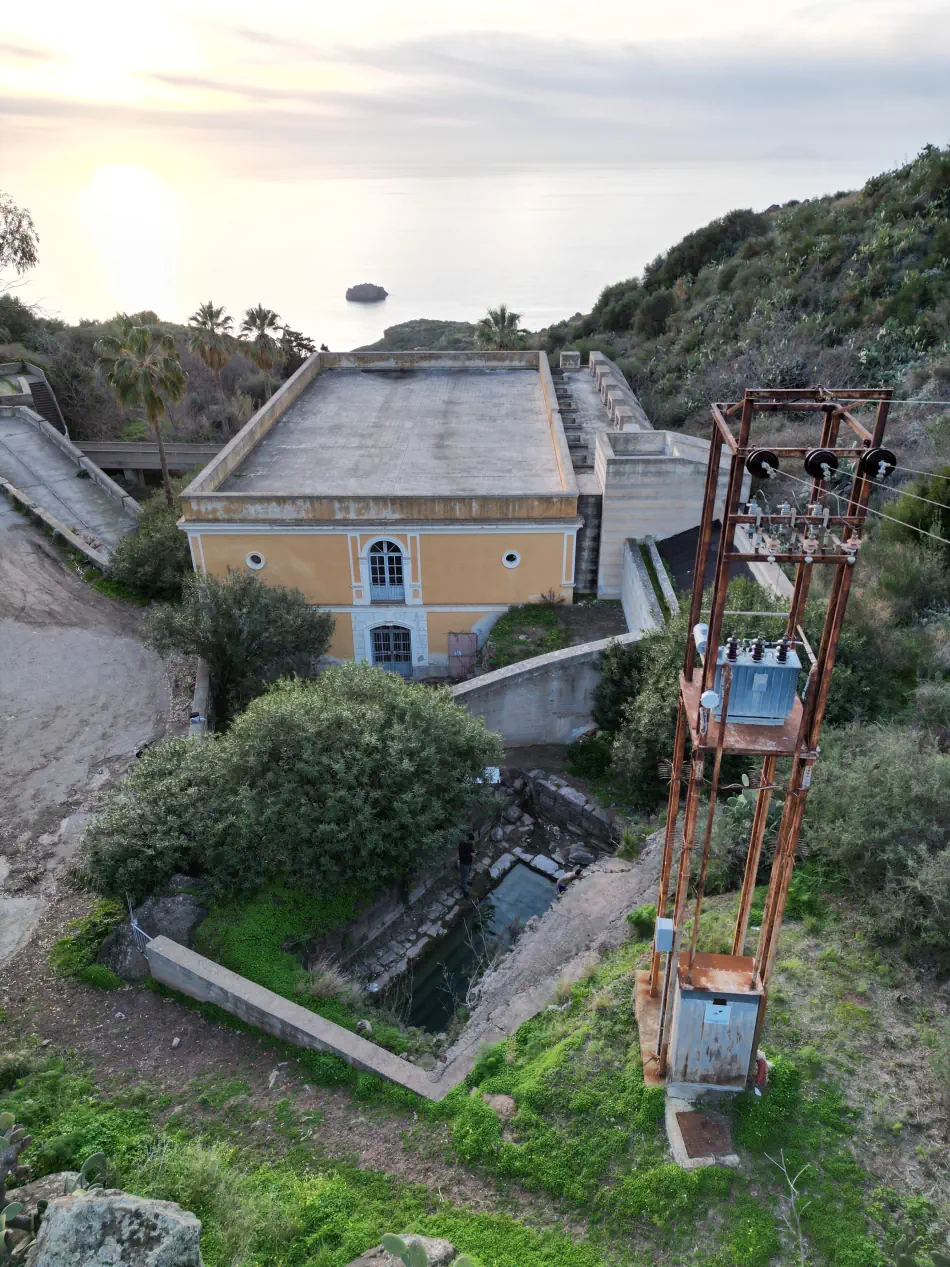
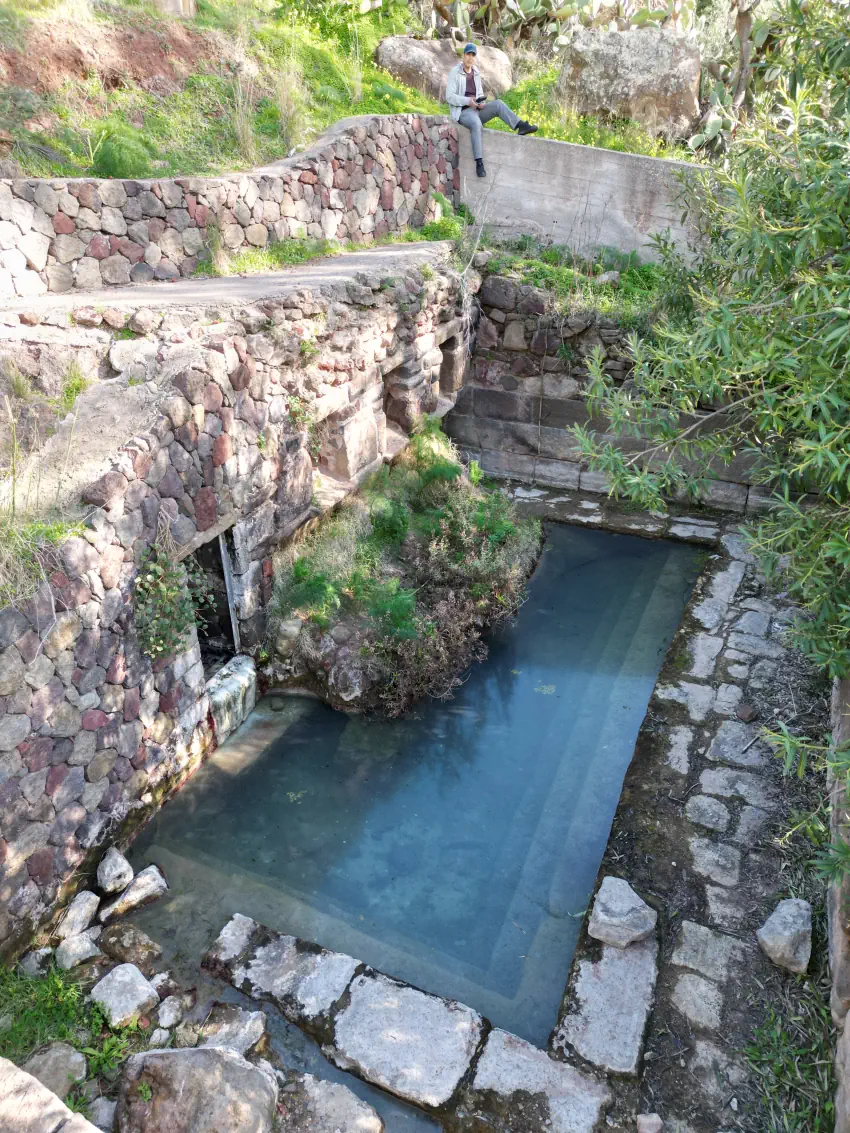
The thermal pool probably dates back to Roman times. The spring continued to be exploited during the Middle Ages and the centuries that followed. These baths also have an underground network that brings the thermal water from the spring to this pool.
This water, which comes from a single source, is supersaturated with carbonates. It is piped by gravity into a walled channel, which is not easily accessible and whose length I do not know. This unmaintained channel (dug by human hands) normally has to be cleaned regularly to remove the deposits. This has the effect of reducing the flow of the spring. As a result, the temperature of the pool is lower and the therapeutic properties of the water are lessened.
💡Petrifying spring :
Due to their high calcium carbonate content and their particular composition, these waters are petrifying. This precipitation of carbonates is the natural consequence of a change in the chemical balance of the thermal water when carbon dioxide is released. The decompression of the gas contained in the thermal water (the pressure decreases as the underground water rises) causes the carbonates to precipitate. This walled channel reduces the flow velocity (dynamic factor) of the thermal water and accelerates this phenomenon.
These waters are sodium bicarbonate and rich in sulphates. The sulphur is therefore present in the form of sulphate; I didn’t particularly notice any rotten egg smell (sulphur in the form of hydrogen sulfide). By the way, if you like the smell of rotten eggs, you absolutely must visit the neighbouring island of Vulcano 🌋.
The age of the thermal baths is attested to by numerous archaeological finds. In fact, on the other side of the concrete wall, very close to the thermal establishment, there are 2 other basins with a cement base. The large, slightly rounded pool dates from the Hellenistic period (323 B.C. – 32 B.C.) and the small rectangular pool from the Roman period.
The paved floor of the basins, which is not natural ground, has a negative effect on the therapeutic properties of the thermal water. The nature of the soil in which the water circulates is extremely important (chemical factor) and has consequences for its dynamic state. To find out more, I invite you to read the article: The soil, the base layer and living medium of a hot spring. However, these pools are not covered and are exposed to direct sunlight. Light is an essential element in a hot spring (for the mineral water, the micro-organisms that make it up, the thermal plankton, etc.).
Next to the building, the round domed cave is surrounded by a stone wall dating back to Mycenaean period (1600-1100 BC). These fine remains, which are still standing, make this one of the richest and oldest thermal sites in the Mediterranean.
The cave was also used as a sauna.
2. Terme di Vulcano - Vulcano
Vulcano is a pleasant island, well built. Its thermal baths are so beneficial that it is far superior to its neighbour Lipari in terms of thermal treatments.
There is a large pool where the thermal water mixed with mud creates a wonderful alchemy. These clay waters have a very, very high therapeutic value.
The gases and mineral salts that accompany the sulphurous element, present in very large quantities (the highest in Italy), make it excellent for baths and inhalations.
Most ailments can be effectively treated in this simple mud bath. Nearby, the salty waters of the sea are heated by gas columns, which is another good reason to go there. The inhabitants of the Aeolian Islands (Lipari, Stromboli, Panarea…) don’t hesitate to take the boat to Vulcano just to soak themselves.
There is also an entrance fee for the mud baths (a few euros). The spa is managed by Geoterme Vulcano SRL (official website). To find out more about this mud bath, I invite you to read our article : Visit Vulcano – Mud Baths and Sulphur Baths.
3. Terme di Pantelleria - Pantelleria
I love how quickly you can get to the Aeolian Islands. On the other hand, the crossing to Pantelleria, the largest of the Sicilian islands but also one of the most remote, isn’t exactly ‘express’. Its location, closer to Tunisia than to the Sicilian mainland, means that it is not subject to mass tourism. Outside the summer months, Pantelleria’s stony beaches are not overcrowded. What’s more, the thermal springs by the sea are never crowded at this time of year.
The village of Gadir is always a popular destination for hot springs enthusiasts, as it has very accessible thermal baths. But the more adventurous will find other places on the island where they can look after their health.
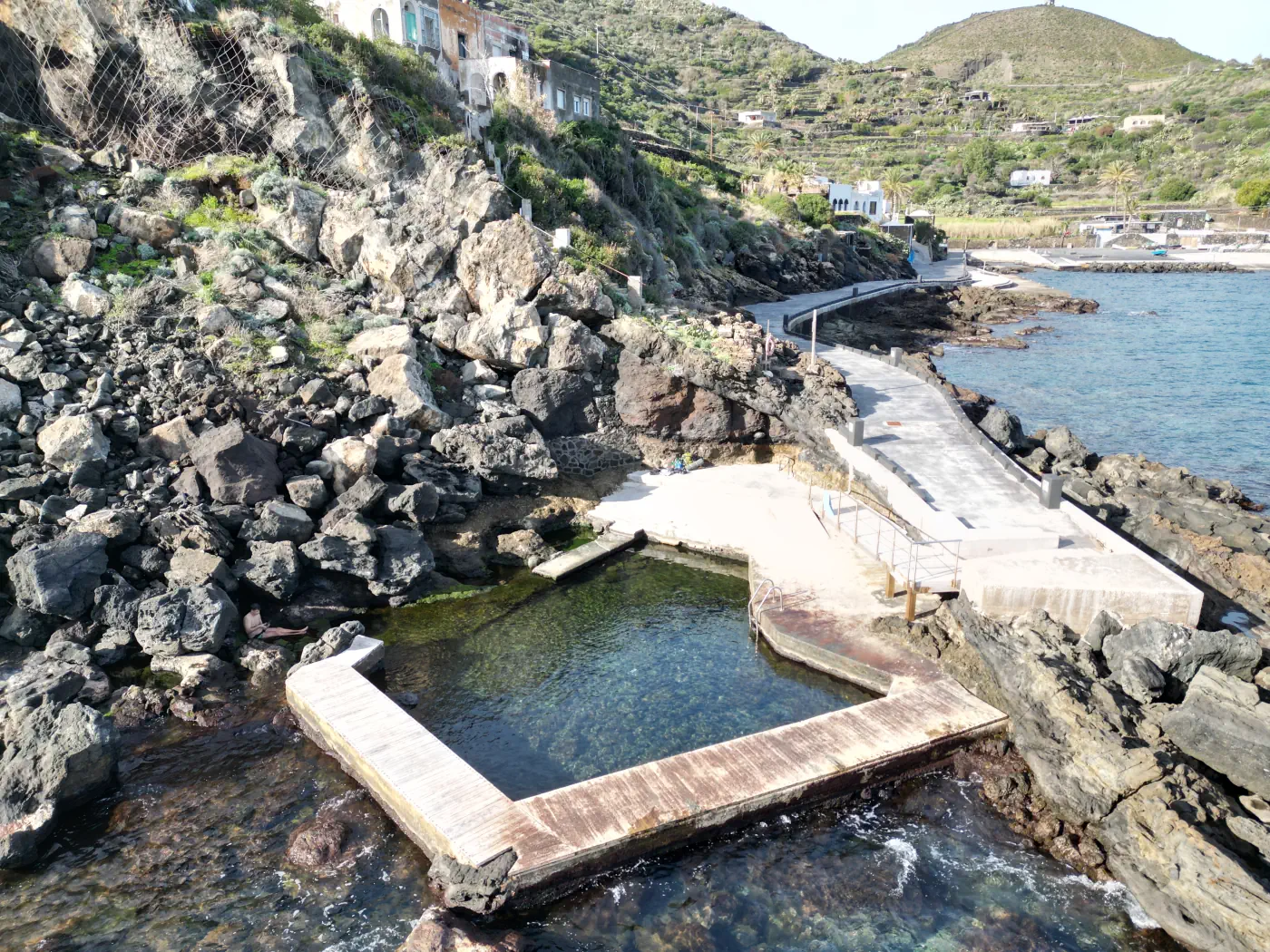
In Gadir, you can swim behind the jetty without worrying about the strong currents. In the port of Gadir you’ll find 2 hot water pools (the third is too hot), which are a bit more comfortable. To find out more about the island, I invite you to read our full article: Visit the Island of Pantelleria and its Natural Hot Springs.
4. Terme di Segestane - Castellamare del Golfo
In the west of Sicily, in the province of Trapani, the Terme di Segestane (Thermal Baths of Segestane) are undoubtedly one of the most famous thermal baths in Sicily. An entire local population comes here for cures. People even come from far away (Palermo, Trapani…) to take a bath, especially when they know that these thermal waters, which are the source of the region’s wealth, have well-known qualities. Sicilians also come here to fill bottles. However, the effect of the mineral waters is only effective if they are drunk on the spot.
The thermal area site is also rich in archaeological remains and magnetic influences. The slightly sulphurous waters of the spring are hyperthermal and naturally radioactive. The site is therefore subject to beneficial telluric radiation. Finally, there are many thermal springs further up in the canyon. Some of them are used by a thermal establishment. To find out more, read our article: Visit Segesta – Hot Springs
5. Terme di Sclafani Bagni - Sclafani Bagni
The location of the Sclafani Baths is truly astonishing. If you take the cement road that joins the SS120 road between Cerda and Caltavuturo, you’ll discover a surprising sight : thermal baths at the foot of an impressive cliff.
Access :
It’s easy to get there by car: the road leads to the abandoned baths, where it’s easy to park. But it’s not so easy to get there by public transport. There are a few buses (run by the Macaluso company) from Termini Imerese to the village of Cerda, but they are few and far between (less than 5 a day). And it’s still a long walk from Cerda to the thermal baths.
The thermal establishment, which must once have been elegant, is now disused.
There’s almost nothing left of the facilities designed for spa visitors, but it’s easy to imagine what life was like in this small spa resort, whose thermal establishment is no longer in use. This was designed by Count Matteo Sclafani and built after 1851 in a place far from the spring.
In fact, in 1748 there was already a thermal establishment built around the spring (emergence) situated further upstream. It was completely renovated by the Count of Sclafani in 1846, but was destroyed by a terrible landslide in 1851.
In these thermal baths, now abandoned, the spa guests found baths, showers, a kitchen and a games room…
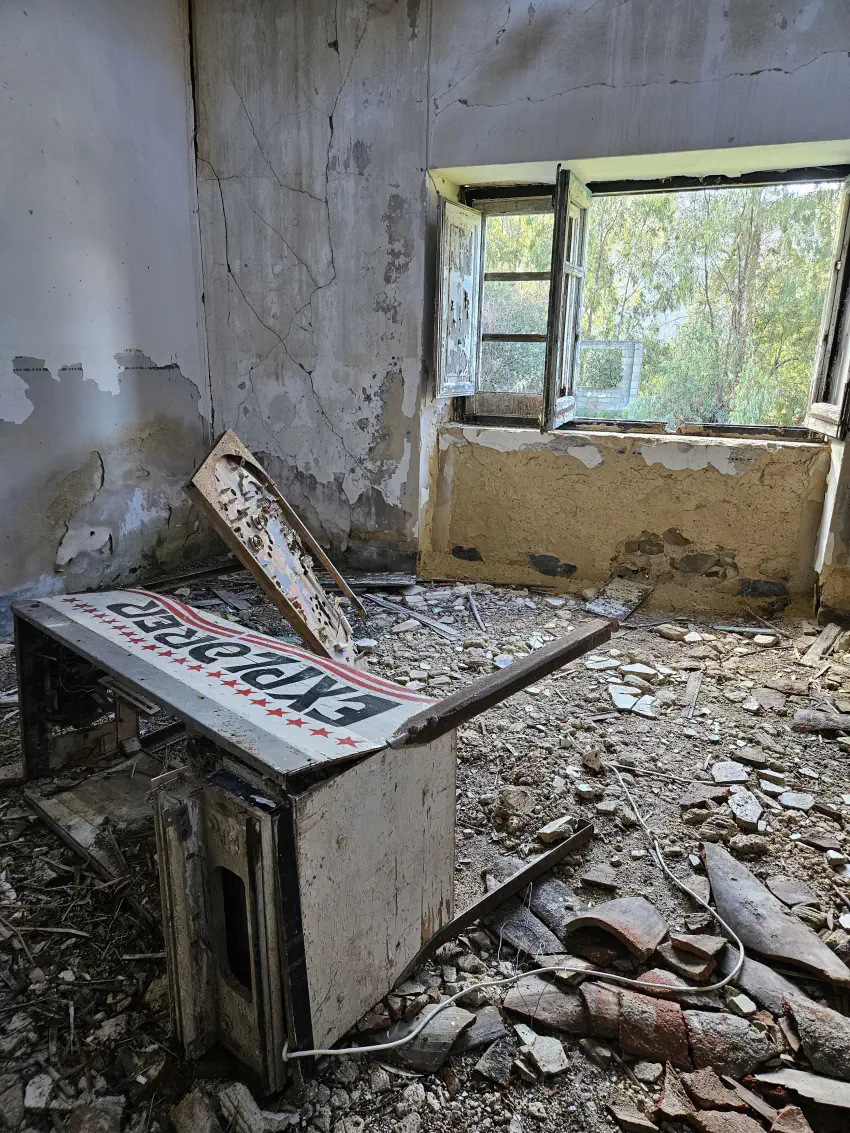
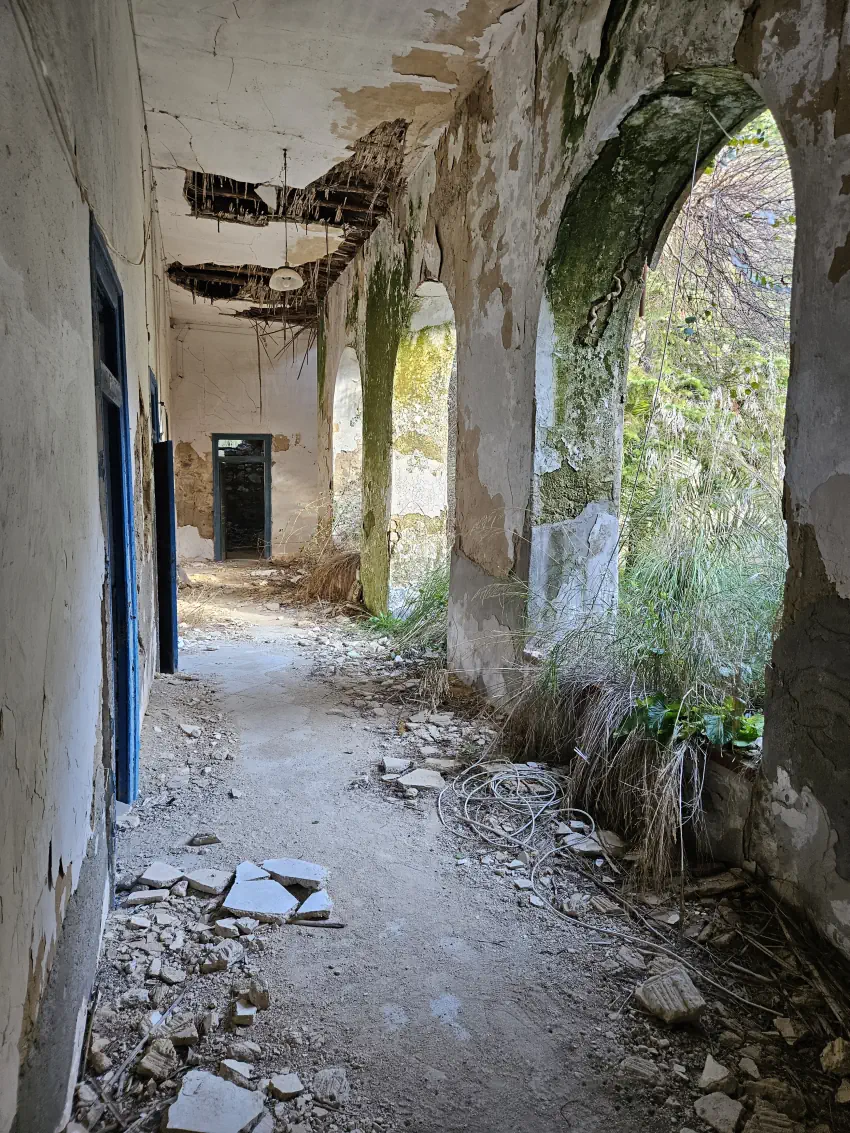
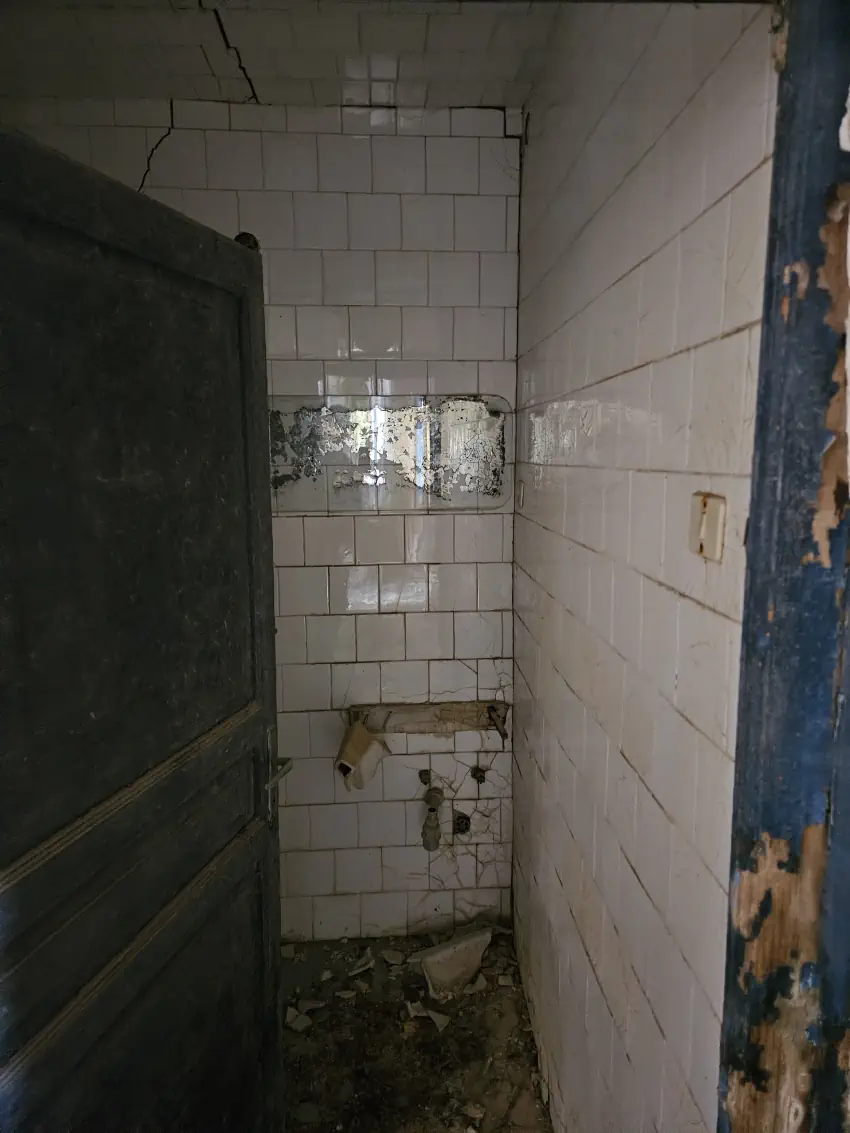
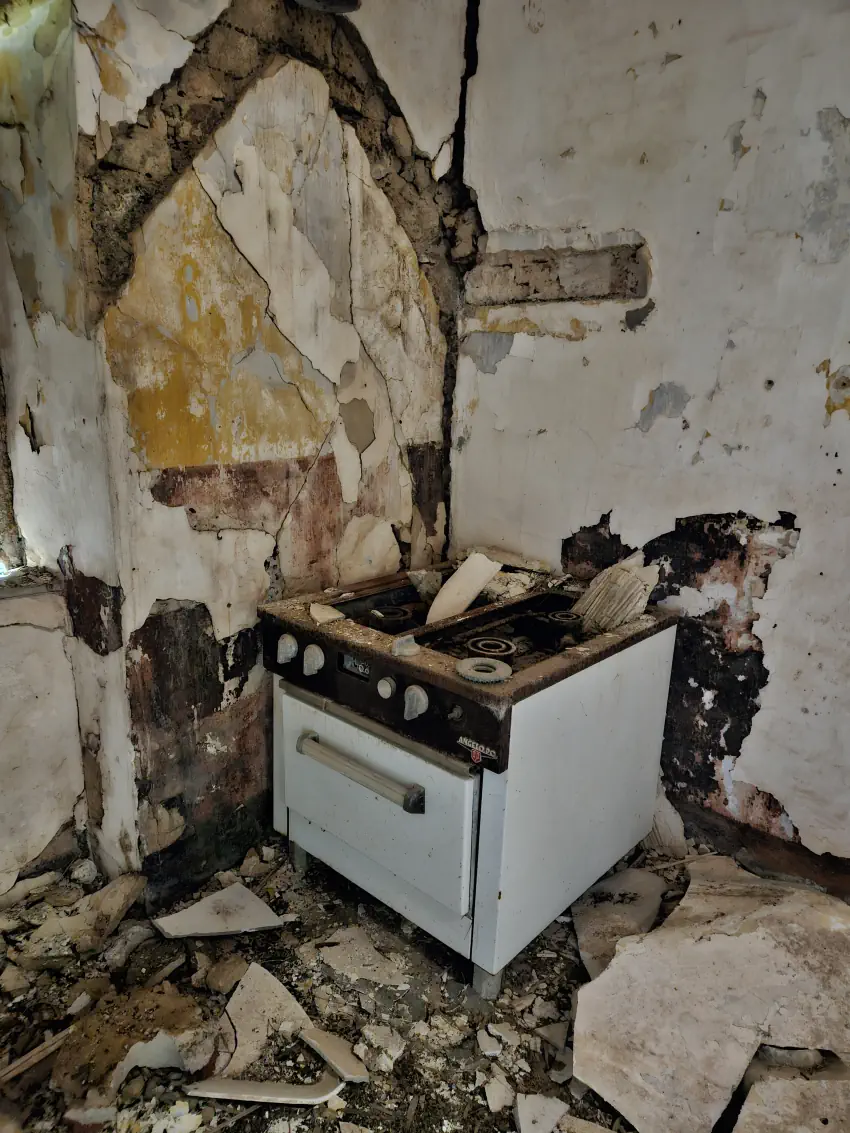
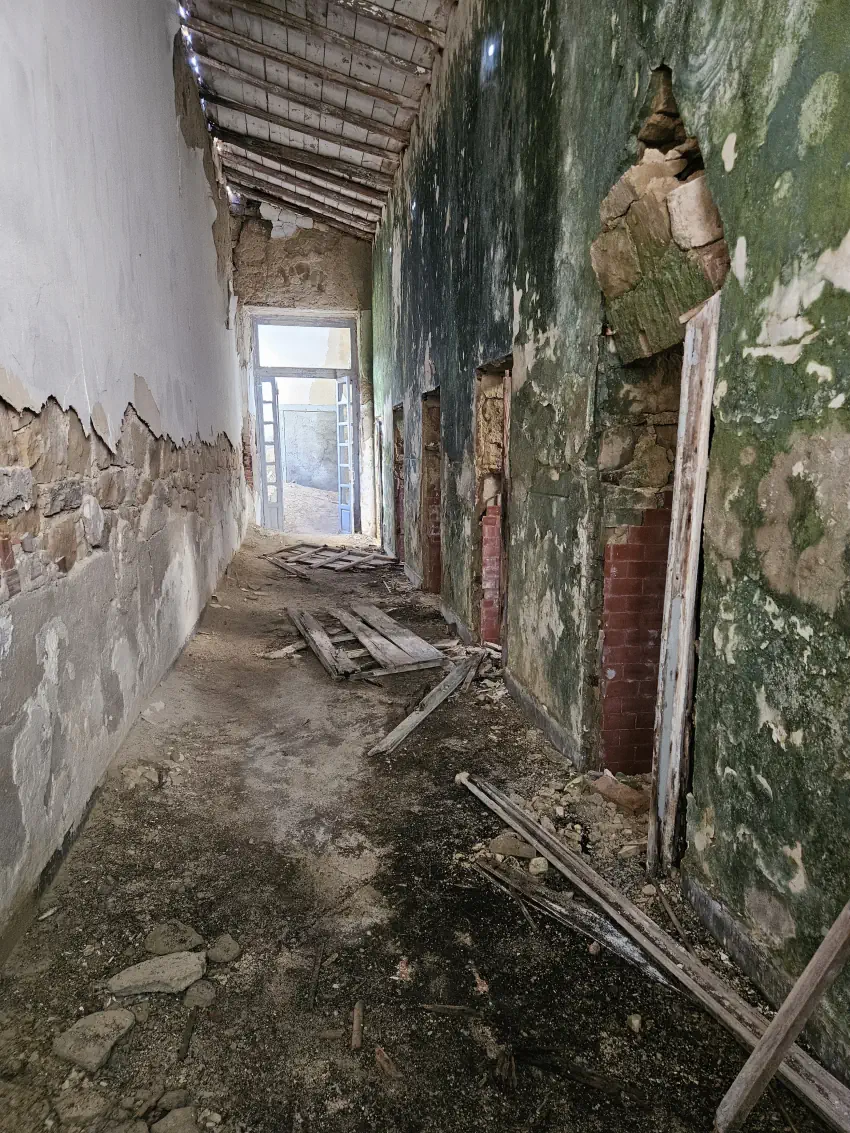
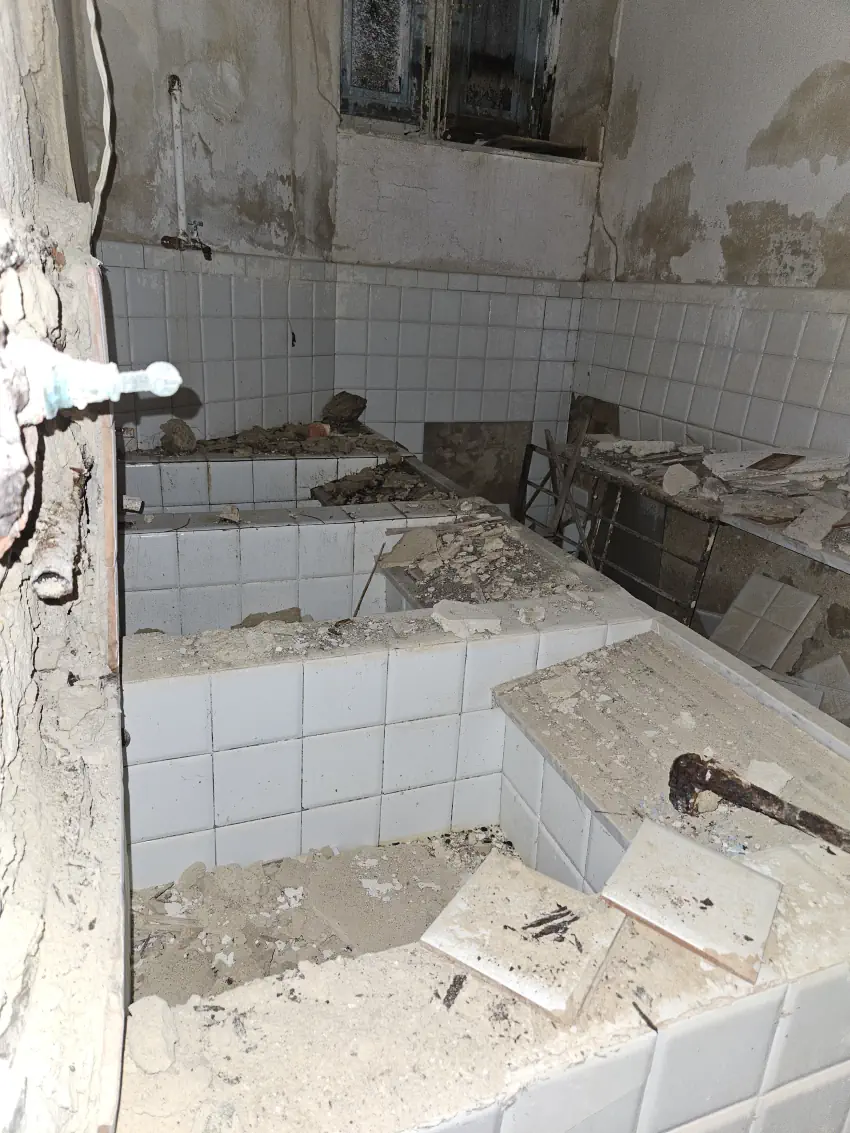
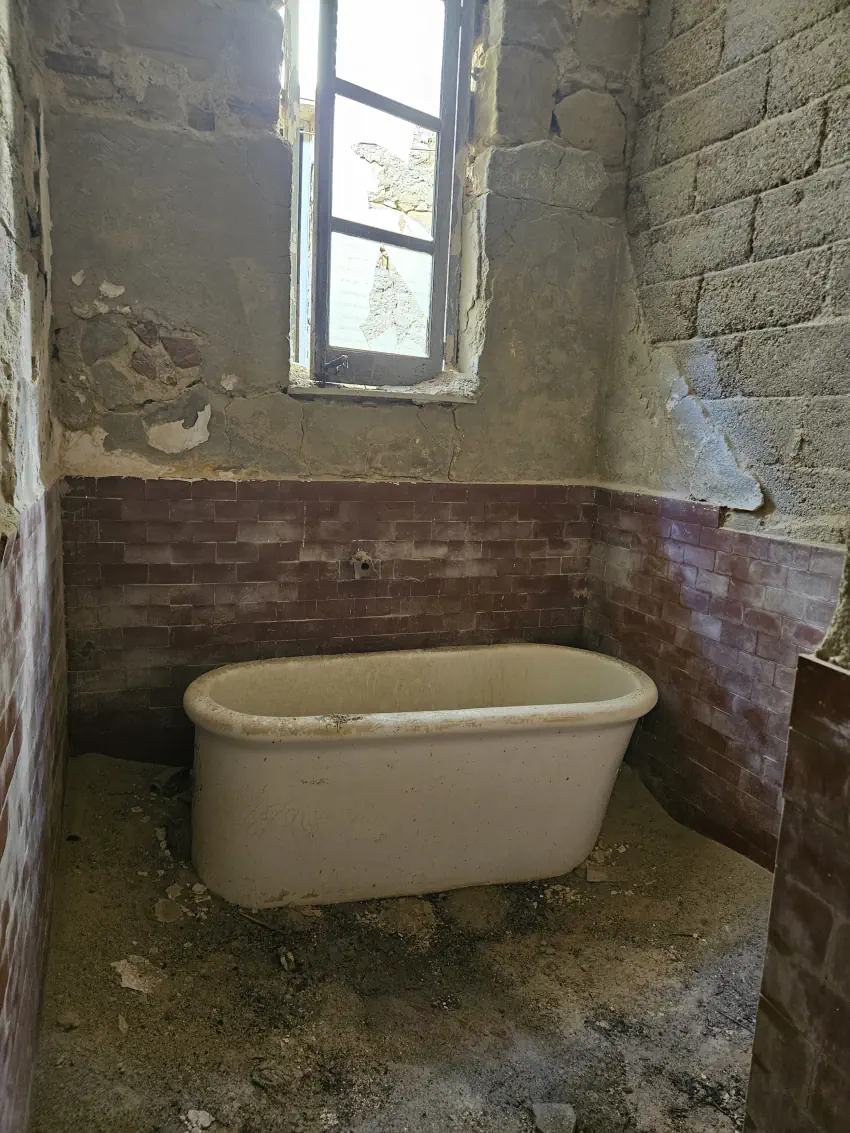




Thermal activity ceased in the 1990s. Since then, the thermal establishment has remained standing, but is no longer maintained. The waters of the thermal spring still flow but no longer reach here. Its waters are collected a little further upstream, 140 metres from the building, in multi-level basins.
The water comes out of a pipe at a temperature of 32.5 degrees.
This water is piped by gravity through a plastic pipe of unknown length and origin. As a result, these waters, transported in a straight line and in contact with plastic, are two conditions that modify and diminish their therapeutic properties compared to their native condition (I have no idea where the source comes from).
Nevertheless, at first sight, the flow rate of the spring is at least 150 litres per minute, which is considerable for this small pool whose water is quickly renewed (the temperature of the pool is 32°C). What’s more, the environment in which the thermal water flows is natural (and rich in various micro-organisms). These two conditions contribute to keeping the water in a dynamic state.
Visiting the site, I am surprised by the beauty of the land. A long avenue of rare beauty borders the baths and a magnificent umbrella pine dominates the view. It could be called the Bath Alley. The area is surrounded by charming promenades and lush green mountains. The Sclafani Baths are located at the gateway to the Madonie Regional Park, one of the most beautiful places in Sicily.
Finally, these salty, sulphurous, chlorinated and iodised waters were undoubtedly noted for their very pronounced rotten egg smell. No other sulphurous spring in Sicily (that I know of) has the advantage of possessing such a quantity of hydrogen sulphide, with the exception of the mud baths of Vulcano. Even in Tuscany, I have not come across such a high level of sulphurisation. So Sicily has the advantage of having some of the best thermal springs in Italy.
These hot waters are also highly mineralised with sulphates, chlorides, sodium, magnesium, etc. After tasting them, I realised that they have a very high degree of mineralisation, which makes this spring truly remarkable in every way (except for the pipe).
The health benefits of hot springs
For thousands of years, ancient civilisations around the world have recognised and appreciated the benefits of hot springs.
Even before you know its composition, a soak in a hot spring is useful for its temperature alone, and its effectiveness is already so great. To find out more, I invite you to read the article: The Amazing Health Benefits of a Hot Bath.
Mineral water that comes into direct contact with the skin (and skin lesions) or mucous membranes is an effective treatment for (⚠️ if the thermal water is not altered) :
– respiratory diseases. To find out more, I invite you to read the end of the article : How to Cleanse your lungs with simple, natural ways ?.
– Dermatological conditions : acne, psoriasis, dermatitis, eczema, etc. can be effectively treated with thermal baths and showers.
– Gastrointestinal disturbances (in the case of use as a drink).
It is also used to treat rheumatism, bone diseases, etc. Hot springs rich in minerals, trace elements and organic substances are particularly useful for this type of pathology.


